
by Ria Olivier | Sep 25, 2020 | Fellowship, Legacy, Marion Island, SANAP, Science, sub-Antarctic, Uncategorised, Women in Science
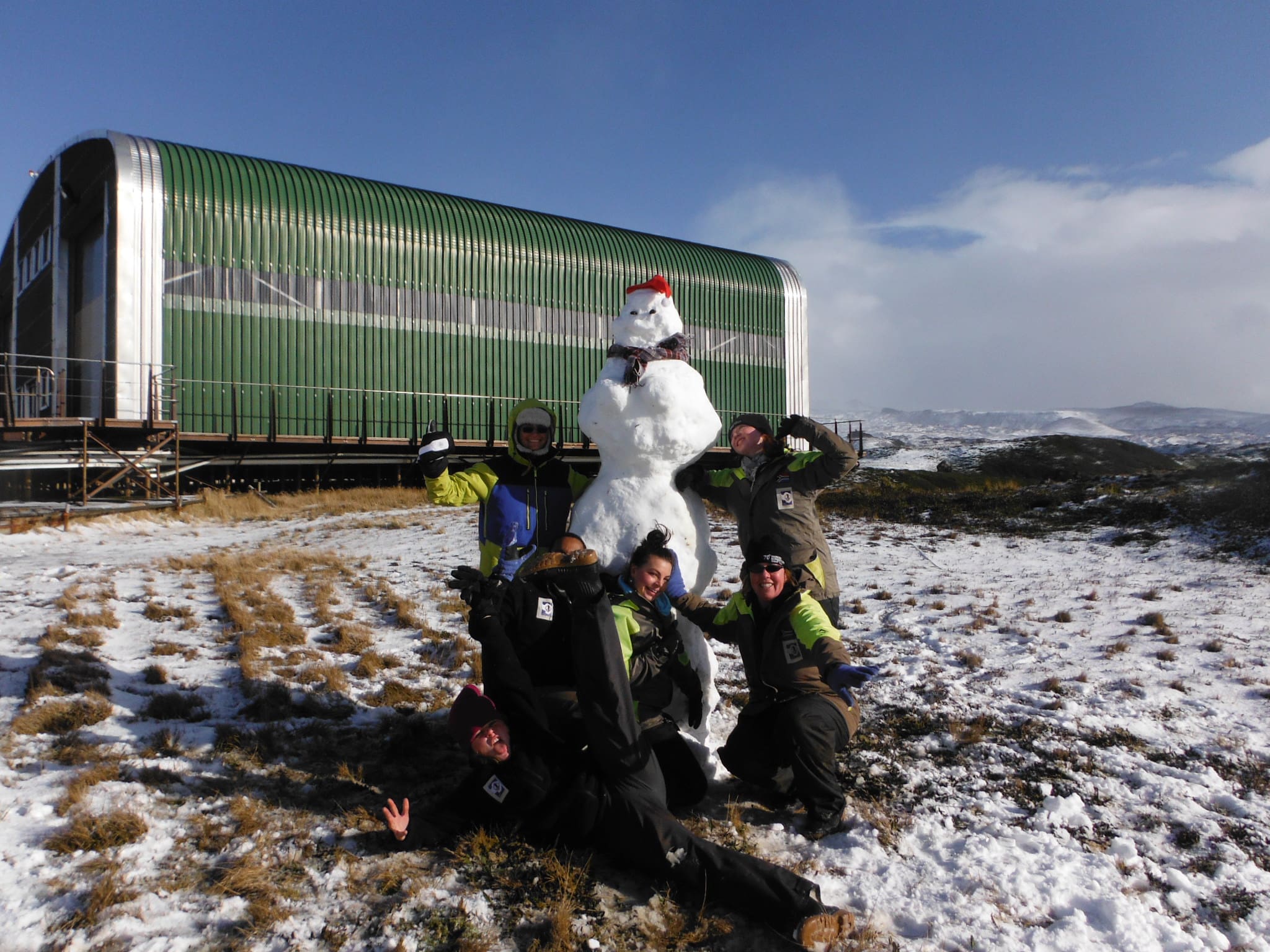
 Mariëtte Wheeler – regular freelancer for Antarctic Legacy of South Africa was born and bred a proud Pretorian girl. But my passion for the ocean developed throughout my childhood as my grandparents lived in Knysna. In my late teens I found myself staring at the ocean, wondering what it looks like beyond the horizon.
Mariëtte Wheeler – regular freelancer for Antarctic Legacy of South Africa was born and bred a proud Pretorian girl. But my passion for the ocean developed throughout my childhood as my grandparents lived in Knysna. In my late teens I found myself staring at the ocean, wondering what it looks like beyond the horizon.
After completing my BSc, BSc honours and MSc in Zoology at the University of Port Elizabeth (currently Nelson Mandela University), I had the opportunity to explore beyond the horizon on Marion Island in 2004–2005 as a member of M61. My PhD was done through the University of Cape Town (with Prof Les Underhill and Dr Marienne de Villiers as supervisors) and University of Pretoria (with Prof Marthán Bester as supervisor). I investigated the effect of human disturbance on the seabirds and seals at Marion Island. My team mates of M61 called me the hybrid birder-sealer as I was fortunate to work on both. I have fond memories of working closely along with the other field workers. For my behavioural observations of the animals I spent days in the cold with semi-frozen fingers and toes, but it was fantastic to be so close to these animals in their natural environment. Chocolate and condensed milk saw me through for energy. I made great friends on this trip who have been standing by me through celebrations but also the difficult times in life.
 For the second year of my study I had a field assistant Prideel Majiedt on Marion Island and I supervised from here. One of my best round island trips was during the take-over of 2005 with Prideel(right), Marienne and John Cooper. John and I summited a few of the Marion hills. In 2006 I went for take-over to conduct more research on the Wandering Albatrosses.
For the second year of my study I had a field assistant Prideel Majiedt on Marion Island and I supervised from here. One of my best round island trips was during the take-over of 2005 with Prideel(right), Marienne and John Cooper. John and I summited a few of the Marion hills. In 2006 I went for take-over to conduct more research on the Wandering Albatrosses.
After completing my PhD in 2009, I worked for the Southern African Butterfly Conservation Assessment (SABCA) and M2 Environmental Connections (as an environmental consultant). Thereafter I first worked as the manager of the Conservation Leadership Programme of the Endangered Wildlife Trust (EWT) and then as Biodiversity Information Specialist. A highlight in my research career was to give two presentations on my PhD work at the International Polar Year (IPY) 2010 conference in Oslo, Norway. There I also became involved with the Association of Polar Early Career Scientists (APECS). Later that year I was selected to be on the international Executive Committee (ExCom). After my term on the ExCom, I was still actively involved on the Council. In 2012, I was selected as one of the Mail & Guardian’s 200 Young South Africans.
 On 27 February 2013, I received a phone call from Bruce Dyer asking if I would be interested to go to Marion Island as their one birder had withdrawn from the team. I had 24 hours to decide! Fortunately the timing was perfect as my contract with EWT was until the end of February. In April 2013 I sailed again to Marion Island as Department of Environment Affairs: Oceans and Coasts birder. What an amazing feeling to see Marion Island again! I therefore had the opportunity to travel on both the SA Agulhas and SA Agulhas II and to live in both the old base and the new base. My previous year on the island was during the construction time, so as a member of M70 I first experienced the isolation of only seeing the “Red Taxi II” a year later. I treasure memories of braai evenings in the braai room with its beautiful views, theme parties and unique hut radio communication.
On 27 February 2013, I received a phone call from Bruce Dyer asking if I would be interested to go to Marion Island as their one birder had withdrawn from the team. I had 24 hours to decide! Fortunately the timing was perfect as my contract with EWT was until the end of February. In April 2013 I sailed again to Marion Island as Department of Environment Affairs: Oceans and Coasts birder. What an amazing feeling to see Marion Island again! I therefore had the opportunity to travel on both the SA Agulhas and SA Agulhas II and to live in both the old base and the new base. My previous year on the island was during the construction time, so as a member of M70 I first experienced the isolation of only seeing the “Red Taxi II” a year later. I treasure memories of braai evenings in the braai room with its beautiful views, theme parties and unique hut radio communication.
After returning from the island, Prof Underhill suggested that I study education. In his words: “There is a difference between having been there to tell a child about an albatross, or just teaching from a textbook”. I completed the Postgraduate Certificate in Education (PGCE) at the University of Cape Town in 2015. During this time I also worked ad hoc. for Antarctic Legacy of South Africa (ALSA) through Facebook communication and spreading awareness at schools.
 In 2016 I took up a post at Protea Heights Academy in Protea Heights (PHA), Brackenfell teaching Natural Sciences and Life Sciences. In 2018 I taught at a rural community school, Sterkspruit Christian Private School in what used to be Transkei. I lived in the picturesque Lady Grey at the foothills of the Drakensberg. In October 2018 I returned to PHA teaching Life Sciences.
In 2016 I took up a post at Protea Heights Academy in Protea Heights (PHA), Brackenfell teaching Natural Sciences and Life Sciences. In 2018 I taught at a rural community school, Sterkspruit Christian Private School in what used to be Transkei. I lived in the picturesque Lady Grey at the foothills of the Drakensberg. In October 2018 I returned to PHA teaching Life Sciences.
PHA invited Antarctic Legacy of South Africa to take part in our Women In Science event August 2019, where Anche Louw presented on Marion Island to the school hall filled with primary and high school girls and female educators. At one point she asked learners who knew what an albatross looks like to put up their hands. Afterwards my learners proudly told me that they all had their hands up! In 2019 I was selected as 1st Runner up in the National Teacher’s Award for Excellent in Teaching Natural Sciences (GET) for Metro East and North Education Districts.
 From 2020 PHA is one of the 6 nodal schools for the new Gr 10 to 12 subject Marine Sciences, in collaboration with Two Oceans Aquarium (the writers of the curriculum). I am now the departmental head of Marine Sciences, with Shaun Seaward as colleague. I am also teaching Life Sciences. Recently my learners were involved in the first World Albatross Day. Unfortunately due to COVID, plans that John Cooper and I had to get the entire school involved could not realise. With the international Great Albicake Bake Off as inspiration, I asked my learners (who were all still in lockdown) to make, bake, draw or paint anything creative provided that there was at least one albatross on. In this way they all learned more about albatrosses and enjoyed being creative. Antarctic Legacy of South Africa (ALSA) and the Agreement on the Conservation of Albatrosses and Petrels (ACAP) sponsored posters and books as prizes.
From 2020 PHA is one of the 6 nodal schools for the new Gr 10 to 12 subject Marine Sciences, in collaboration with Two Oceans Aquarium (the writers of the curriculum). I am now the departmental head of Marine Sciences, with Shaun Seaward as colleague. I am also teaching Life Sciences. Recently my learners were involved in the first World Albatross Day. Unfortunately due to COVID, plans that John Cooper and I had to get the entire school involved could not realise. With the international Great Albicake Bake Off as inspiration, I asked my learners (who were all still in lockdown) to make, bake, draw or paint anything creative provided that there was at least one albatross on. In this way they all learned more about albatrosses and enjoyed being creative. Antarctic Legacy of South Africa (ALSA) and the Agreement on the Conservation of Albatrosses and Petrels (ACAP) sponsored posters and books as prizes.




I am blessed that I am able to combine both my passion in marine biology as well as education. Life does not always take you where you thought it would, and sometimes you struggle over symbolic lava such as found at Blackrocks Plateau. But if you “Just keep swimming” as Dory from Finding Nemo said, you will see beauty around you such as the flight of the albatross, a sunset at Swartkop amphitheatre or the smile of a learner. Text and images supplied by Mariette Wheeler. Visit the ALSA archive for more images of Mariette on Marion Island.
Ria Olivier, Antarctic Legacy of South Africa, 25 September 2020.

by Ria Olivier | Sep 21, 2020 | Gough Island, Overwintering Team, SA Agulhas II, SANAP, sub-Antarctic, Take-Over Operations, Uncategorised

 Gough Island is located at 40°S, 9°W – 2600 km from East Pier, Cape Town Harbour. (Image above by Christopher Jones currently onthe Island) South Africa has been operating a weather station on Gough Island since 1956. The first overwintering team consists of 4 members , but since then the team structure has developed to include more members. The team consists of a Medical Orderly, Diesel Mechanic, Electrical Engineer and a Communications Engineer. The South African Weather Service(SAWS send a team that consist of a Senior Meteorological Technician and two Meteorological Technicians. The rest of the team is made up of 3 Field assistants of the Royal Society for the Protection of Birds(RSPB). A team leader and deputy team leader are also appointed for the duration of their time.
Gough Island is located at 40°S, 9°W – 2600 km from East Pier, Cape Town Harbour. (Image above by Christopher Jones currently onthe Island) South Africa has been operating a weather station on Gough Island since 1956. The first overwintering team consists of 4 members , but since then the team structure has developed to include more members. The team consists of a Medical Orderly, Diesel Mechanic, Electrical Engineer and a Communications Engineer. The South African Weather Service(SAWS send a team that consist of a Senior Meteorological Technician and two Meteorological Technicians. The rest of the team is made up of 3 Field assistants of the Royal Society for the Protection of Birds(RSPB). A team leader and deputy team leader are also appointed for the duration of their time.



 (Above L-R: Tshimangadzo Jufter(Jay) Munyai – Leader and Electrical Engineer, Catherine(Cathy) Mbazwana – Deputy Leader and Medical Orderly, S’Celo Ndwalane – Diesel Mechanic and Gert Benadé – Communications Engineer)
(Above L-R: Tshimangadzo Jufter(Jay) Munyai – Leader and Electrical Engineer, Catherine(Cathy) Mbazwana – Deputy Leader and Medical Orderly, S’Celo Ndwalane – Diesel Mechanic and Gert Benadé – Communications Engineer)


 (Above L-R: Zinhle(Zee) Shongwe – Senior Meteorological Technician and Meteorological Technicians (Asa) Somaxaka and Dylan Seaton (of Gough65 staying on for another year)
(Above L-R: Zinhle(Zee) Shongwe – Senior Meteorological Technician and Meteorological Technicians (Asa) Somaxaka and Dylan Seaton (of Gough65 staying on for another year)


 (Above L-R: RSPB field assistants; Vonica Perold, Roelf Daling and Kim Stevens
(Above L-R: RSPB field assistants; Vonica Perold, Roelf Daling and Kim Stevens
 As with Marion77 overwintering team the 2020 annual S.A. Agulhas II relief voyage to Gough Island departed on 19 September 2020 under strict Covid-19 health protocols. In the midst of these protocols and given the clear the Gough 66 made time to be part of South Africa Heritage Celebrations and answered the call by President Ramaphosa and create a video of the #JeruslaemDanceChallenge (have a look on Facebook). Gough will stop at Tristan de Cunha on the way to Gough Island and then Gough 66 will take-over form Gough65
As with Marion77 overwintering team the 2020 annual S.A. Agulhas II relief voyage to Gough Island departed on 19 September 2020 under strict Covid-19 health protocols. In the midst of these protocols and given the clear the Gough 66 made time to be part of South Africa Heritage Celebrations and answered the call by President Ramaphosa and create a video of the #JeruslaemDanceChallenge (have a look on Facebook). Gough will stop at Tristan de Cunha on the way to Gough Island and then Gough 66 will take-over form Gough65
 (Above L-R: Richard Hall – Logistics Manager, Vonica Perold, Roelf Daling and Kim Stevens – RSPB Field Asisstants and Nini van der Merwe(BirdlifeSA) with poster of restoration programme. The Gough Island Restoration 2021 also gets underway with the departure of Gough 66. RSPB;” Six months after having made the devastating decision to postpone the 2020 restoration of Gough Island, our team is back in strength and starting to gear up for what we hope will be a 2021 mouse eradication attempt.”
(Above L-R: Richard Hall – Logistics Manager, Vonica Perold, Roelf Daling and Kim Stevens – RSPB Field Asisstants and Nini van der Merwe(BirdlifeSA) with poster of restoration programme. The Gough Island Restoration 2021 also gets underway with the departure of Gough 66. RSPB;” Six months after having made the devastating decision to postpone the 2020 restoration of Gough Island, our team is back in strength and starting to gear up for what we hope will be a 2021 mouse eradication attempt.”


 Above a few preliminary team photos (L-R: girls of 66, Team66, Guys of 66) Follow #GOUGH66 on Twitter @Antarcticlegacy and Facebook
Above a few preliminary team photos (L-R: girls of 66, Team66, Guys of 66) Follow #GOUGH66 on Twitter @Antarcticlegacy and Facebook

by Ria Olivier | Aug 23, 2020 | Antarctica, Gateway cities, Research, SANAP, SANAP Student, Science
 Antarctic cities and the global commons: Rethinking the Gateways – project by Institute for Culture and Society. How we care for Antarctica is key to the planet’s future. As pressures on the continent increase, five gateway cities will become critical to its future.
Antarctic cities and the global commons: Rethinking the Gateways – project by Institute for Culture and Society. How we care for Antarctica is key to the planet’s future. As pressures on the continent increase, five gateway cities will become critical to its future.





 These five cities; Cape Town, Christchurch, Hobart, Punta Arenas, and Ushuaia have complex histories of engagement with the Antarctic. Located in zones with intense interconnectivity to the Antarctic, they are formally recognised international gateways through which most travel to the region flows. All significant engagement with the Southern Polar Region is coordinated through them, but the ensuing competition for economic advantage that this traffic offers is not always constructive.
These five cities; Cape Town, Christchurch, Hobart, Punta Arenas, and Ushuaia have complex histories of engagement with the Antarctic. Located in zones with intense interconnectivity to the Antarctic, they are formally recognised international gateways through which most travel to the region flows. All significant engagement with the Southern Polar Region is coordinated through them, but the ensuing competition for economic advantage that this traffic offers is not always constructive.
 SANAP has been involved through the Antarctic Legacy of South Africa and ALSA organised the inclusion of Rudzani Silima in the Antartic Cities Youth Expedition(ACYE). Ria Olivier and Anché Louw attended meetings in Hobart Australia in 2017 of this project. Since then communication and meetings with Juan Salazar and Paul James occurred.
SANAP has been involved through the Antarctic Legacy of South Africa and ALSA organised the inclusion of Rudzani Silima in the Antartic Cities Youth Expedition(ACYE). Ria Olivier and Anché Louw attended meetings in Hobart Australia in 2017 of this project. Since then communication and meetings with Juan Salazar and Paul James occurred.
 This project is the first substantial comparative program to investigate how gateway cities might both re-imagine and intensify their relations to Antarctica and each other. In doing so, constituents across the Antarctic gateway cities will be drawn into an ongoing partnership to research the significance of their Antarctic connection. The aims of this project are to demonstrate how ecological stewardship, political cooperation, cultural vibrancy, and economic prosperity can be mutually reinforcing, and determine how these cities see themselves into the future in relation to Antarctica and to each other. It intends to revitalise these relations through assessment and research processes that include supporting citizens to frame future forms of engagement. The project includes working with youth across the five cities to instigate the engagement of young people in debating the future of these cities and the futures of Antarctica. This evolved into the Antarctic Youth Coalition(AYC).
This project is the first substantial comparative program to investigate how gateway cities might both re-imagine and intensify their relations to Antarctica and each other. In doing so, constituents across the Antarctic gateway cities will be drawn into an ongoing partnership to research the significance of their Antarctic connection. The aims of this project are to demonstrate how ecological stewardship, political cooperation, cultural vibrancy, and economic prosperity can be mutually reinforcing, and determine how these cities see themselves into the future in relation to Antarctica and to each other. It intends to revitalise these relations through assessment and research processes that include supporting citizens to frame future forms of engagement. The project includes working with youth across the five cities to instigate the engagement of young people in debating the future of these cities and the futures of Antarctica. This evolved into the Antarctic Youth Coalition(AYC).


 (Above l-r: % champions with Juan Salazar and Elizabeth Leane, 5 Champions and see Rudzi with South African Flag beanie) 5 Champions were chosen from the 5 Gateway Cities to represent their countries. A lot of effort, passion and work have been put in by these young champions. “During the ACYE to King George/25 de Mayo Island, Antarctic Peninsula, in February 2020, 5 young leaders representing the 5 Gateway cities developed a new AYC. AYC will focus on devising youth engagement networks in the five gateway cities to create new connections among these cities and develop a sense of Antarctic custodianship unique to all the gateways.” During the AYCE Rudzi visit the stations of Chile and Uruguay and took a gift from South Africa to every station, a table runner with Proteas the beautiful flower from the Western Cape as well as publications.
(Above l-r: % champions with Juan Salazar and Elizabeth Leane, 5 Champions and see Rudzi with South African Flag beanie) 5 Champions were chosen from the 5 Gateway Cities to represent their countries. A lot of effort, passion and work have been put in by these young champions. “During the ACYE to King George/25 de Mayo Island, Antarctic Peninsula, in February 2020, 5 young leaders representing the 5 Gateway cities developed a new AYC. AYC will focus on devising youth engagement networks in the five gateway cities to create new connections among these cities and develop a sense of Antarctic custodianship unique to all the gateways.” During the AYCE Rudzi visit the stations of Chile and Uruguay and took a gift from South Africa to every station, a table runner with Proteas the beautiful flower from the Western Cape as well as publications.

 Rudzi(left) on Vimeo made by Juan Salazar:
Rudzi(left) on Vimeo made by Juan Salazar:
Follow AYC on Facebook!
Project is headed by Associate Professor Juan Salazar(right), Institute for Culture and Society. (j.salazar@westernsydney.edu.au) (Information available from project websites see links above)
“We want cities to come together to embrace the values of Antarctica for the protection of our shared futures.”
 (Images from ACYE expedition and text from ACYE pamphlet)
(Images from ACYE expedition and text from ACYE pamphlet)

by Ria Olivier | Aug 22, 2020 | Antarctica, Gateway cities, Legacy, SANAP, SANAP Student, SEAmester

 Rudzani Silima (Rudzi) have from a young age, always known that she would pursue a career in environmental conservation and science. “I grew up in the very small town of Louis Trichardt, surrounded by nature. Having a great attitude in subjects such as science, math, biology and geography. It was a no brainer to start my undergrad career in Marine Science at the Cape Peninsula University of Technology. CPUT not only provided the academic expertise that I would need in the future but also, in 2017, I was placed at the SAEON Egagasini node for my work integrated learning. This opened the floodgates to more networking and career building opportunities.
Rudzani Silima (Rudzi) have from a young age, always known that she would pursue a career in environmental conservation and science. “I grew up in the very small town of Louis Trichardt, surrounded by nature. Having a great attitude in subjects such as science, math, biology and geography. It was a no brainer to start my undergrad career in Marine Science at the Cape Peninsula University of Technology. CPUT not only provided the academic expertise that I would need in the future but also, in 2017, I was placed at the SAEON Egagasini node for my work integrated learning. This opened the floodgates to more networking and career building opportunities.



 (l-r: Rudzi and Nompumelelo(DEFF),weighing my luggage, Ria Olivier(ALSA) sent me on my trip, during transit I said goodbye to my family) To date I have attained a collection of prizes from my university and conferences, further validating my determination to advocate for the oceans and our planet. As the best Seamester student I was chosen to be the champion for the Gateway to Antarctica City of Cape Town Earlier this year, with the help of the Antarctic Legacy of South Africa , the National Research Foundation and the Department of Environment Forestry and Fisheries, I was able to make my first trip to Antarctica.
(l-r: Rudzi and Nompumelelo(DEFF),weighing my luggage, Ria Olivier(ALSA) sent me on my trip, during transit I said goodbye to my family) To date I have attained a collection of prizes from my university and conferences, further validating my determination to advocate for the oceans and our planet. As the best Seamester student I was chosen to be the champion for the Gateway to Antarctica City of Cape Town Earlier this year, with the help of the Antarctic Legacy of South Africa , the National Research Foundation and the Department of Environment Forestry and Fisheries, I was able to make my first trip to Antarctica.

 The Antarctic Cities Youth Expedition, a collaboration between 5 cities, an expedition with five young and vibrant individuals, who share a common passion for the Antarctic environment. A product of the expedition was the founding of the Antarctic Youth Coalition, which aims to connect the five gateway cities, and to encourage sustainable consumption and practises within the cities for the sake of the Antarctic landscape. (image left waiting for our flight at Punta Arenas to Antarctica. Right: Visiting the Uruguay Station on Antarctica
The Antarctic Cities Youth Expedition, a collaboration between 5 cities, an expedition with five young and vibrant individuals, who share a common passion for the Antarctic environment. A product of the expedition was the founding of the Antarctic Youth Coalition, which aims to connect the five gateway cities, and to encourage sustainable consumption and practises within the cities for the sake of the Antarctic landscape. (image left waiting for our flight at Punta Arenas to Antarctica. Right: Visiting the Uruguay Station on Antarctica

 There are many controversies related to climate change today, however, in Antarctica there is physical evidence that climate change is happening right now and not in some distant future. Therefore, the formation of the Antarctic Youth Coalition couldn’t be more perfectly timed. The AYC, hence from now on aims to make accessible the very important science done in the Southern Ocean to everyday citizens in the five gateway cities but also all around the world. Listen to Rudzi while being part of ACYE, video made by project leader Prof Juan Salazar
There are many controversies related to climate change today, however, in Antarctica there is physical evidence that climate change is happening right now and not in some distant future. Therefore, the formation of the Antarctic Youth Coalition couldn’t be more perfectly timed. The AYC, hence from now on aims to make accessible the very important science done in the Southern Ocean to everyday citizens in the five gateway cities but also all around the world. Listen to Rudzi while being part of ACYE, video made by project leader Prof Juan Salazar
 “Therefore, all of us, common or otherwise, share the responsibility for a healthy, thriving Antarctica and our whole planet! My parting word, specifically to us young people is to never give up on yourself and never give up on your dreams. All of us have the potential to change the world in our own very unique and exciting ways”
“Therefore, all of us, common or otherwise, share the responsibility for a healthy, thriving Antarctica and our whole planet! My parting word, specifically to us young people is to never give up on yourself and never give up on your dreams. All of us have the potential to change the world in our own very unique and exciting ways”
(Images by ACYE group and text supplied by Rudzi Silima and ALSA)

by Ria Olivier | Aug 21, 2020 | Antarctica, Gough Island, Marion Island, SANAP

 A friend of mine once told me that I am a borne civil servant, and it turns out she was right. Although I got accepted at the University of the Free State to study civil engineering after I matriculated, at the time my parents lacked the financial means for me to go through with it, and so started my career in the civil service at the Department of Public Works in Bloemfontein. One year later I was awarded a study bursary, and completed a four-year part-time qualification in Public Management and Administration at the Free State Technikon. In 2000 I was promoted, relocated to Cape Town, and joined the Department of Environmental Affairs and Tourism. This was the best decision I ever made. (Image left: Gough Island – Image right: Marion Island)
A friend of mine once told me that I am a borne civil servant, and it turns out she was right. Although I got accepted at the University of the Free State to study civil engineering after I matriculated, at the time my parents lacked the financial means for me to go through with it, and so started my career in the civil service at the Department of Public Works in Bloemfontein. One year later I was awarded a study bursary, and completed a four-year part-time qualification in Public Management and Administration at the Free State Technikon. In 2000 I was promoted, relocated to Cape Town, and joined the Department of Environmental Affairs and Tourism. This was the best decision I ever made. (Image left: Gough Island – Image right: Marion Island)


 (Images L-R: offloading at SANAE depot – SANAE helipad Neumayer delegation – Day trip to Neumayer)
(Images L-R: offloading at SANAE depot – SANAE helipad Neumayer delegation – Day trip to Neumayer)
So, working in procurement and supply chain management at the Directorate: Antarctica and Islands, I became part of the SANAP family (that was the spirit in those days). My first opportunity to participate in the South African National Antarctic Programme came in 2002, and to Antarctica no less. Thrown in at the deep end, as part of fast-tracking the next generation of DCO’s, I was on my way to SANAE. During the next few years, I participated (and coordinated) in relief voyages to SANAE, Marion Island, and Gough Island. I was incredibly lucky to be mentored by people such as Henry Valentine, Adriaan Dreyer, and Sam Oosthuizen. Their passion for the Programme was unmistaken and they taught me what SANAP was all about.


 (Images L-R: Initiation ceremony onboard the SA Agulhas – DEAT team Marion Island – Gough Island Captain’s visit)
(Images L-R: Initiation ceremony onboard the SA Agulhas – DEAT team Marion Island – Gough Island Captain’s visit)
Since my early years I had a keen interest in construction and that led me to end my career in the public sector, and in 2006 I ventured into the unknown. I knew that to successfully manage a business you have to learn from the bottom up. So, I enrolled for a plumbing qualification at a Northlink College. Suddenly I found myself in a man’s world, and it took some convincing to secure an apprenticeship. Despite being a woman in my mid-thirties I insisted on no preferential treatment, and for the following 6 months I was spending my days digging trenches and chasing walls. My efforts paid off, and months later I was the owner of that very same business!

 Turns out SANAP is my “Hotel California” and how true is the lyrics of the song. I checked out of my job at SANAP years earlier, but it seems I could never leave. In 2010 I placed everything on hold and jumped at the opportunity to spend the entire construction voyage (5 months) on Marion Island and to be one of the first occupants of the new Marion Island base. Appointed as Laboratory Manager by the CIB at Stellenbosch University, I coordinated the relocation and setup of the new laboratory facilities. Whilst on Marion, my passion for the Programme was rekindled and I vowed to return one day (one day turned out be 2019). Back home, and in between managing my own business, I enrolled at UNISA for a degree in Environmental Management. (Image top left: Marion Island construction voyage – Image top right: Time to relax with Hein Smith,Linda Clokie and Adriaan Dreyer).
Turns out SANAP is my “Hotel California” and how true is the lyrics of the song. I checked out of my job at SANAP years earlier, but it seems I could never leave. In 2010 I placed everything on hold and jumped at the opportunity to spend the entire construction voyage (5 months) on Marion Island and to be one of the first occupants of the new Marion Island base. Appointed as Laboratory Manager by the CIB at Stellenbosch University, I coordinated the relocation and setup of the new laboratory facilities. Whilst on Marion, my passion for the Programme was rekindled and I vowed to return one day (one day turned out be 2019). Back home, and in between managing my own business, I enrolled at UNISA for a degree in Environmental Management. (Image top left: Marion Island construction voyage – Image top right: Time to relax with Hein Smith,Linda Clokie and Adriaan Dreyer).
 When I look back, I realize how lucky I am to be able to draw on a wide range of expertise accumulated over the years. I honestly believe that you can do anything you put your mind to. Many people will insist that one needs to maintain a narrow focus to be successful, but I don’t agree with this view. Many of us have broad interests (this is certainly true for me), and I have lived most of my passions to the fullest. I am particularly proud of so far conquering two of the seven summits. My advice would be to live and pursue all of your interest to the fullest, and then push the boundaries and do even more. (Image left: Summit Mount Kilimanjaro).
When I look back, I realize how lucky I am to be able to draw on a wide range of expertise accumulated over the years. I honestly believe that you can do anything you put your mind to. Many people will insist that one needs to maintain a narrow focus to be successful, but I don’t agree with this view. Many of us have broad interests (this is certainly true for me), and I have lived most of my passions to the fullest. I am particularly proud of so far conquering two of the seven summits. My advice would be to live and pursue all of your interest to the fullest, and then push the boundaries and do even more. (Image left: Summit Mount Kilimanjaro).
I still participate in SANAP whenever possible, the most recent trip being the 2019 Marion Island relief voyage.  Currently I live and work in Johannesburg, and under the supervision of Prof David Hedding (UNISA) I will complete my Hons in Geography this year. My project is linked to Marion Island spatial data – full circle back to SANAP.
Currently I live and work in Johannesburg, and under the supervision of Prof David Hedding (UNISA) I will complete my Hons in Geography this year. My project is linked to Marion Island spatial data – full circle back to SANAP.
Text and images supplied by Sandra Durand (ALSA will submit these images to the digital archive)

by Ria Olivier | Aug 17, 2020 | Antarctica, SANAP, sub-Antarctic

 Nish Devanunthan is the Director of Southern Oceans & Antarctic Support in the Department of Environment Forestry and Fisheries: Oceans & Coasts. Nish hails from a small town in Kwazulu Natal on the North Coast. Nish spent the first 10 years of his career as an engineer in the research and development of telemetry products. He then ventured into the world of management as Senior Manager of the Technical Division of the South African Weather Service, after which he joined the Department as Director in 2013. His undergraduate studies are in Engineering and Project management, which he uses on a daily basis in his current position. Despite his demanding job and family responsibility he completed his MBA in 2017. He is responsible for a very multidisciplinary and diverse program which includes some activities like:
Nish Devanunthan is the Director of Southern Oceans & Antarctic Support in the Department of Environment Forestry and Fisheries: Oceans & Coasts. Nish hails from a small town in Kwazulu Natal on the North Coast. Nish spent the first 10 years of his career as an engineer in the research and development of telemetry products. He then ventured into the world of management as Senior Manager of the Technical Division of the South African Weather Service, after which he joined the Department as Director in 2013. His undergraduate studies are in Engineering and Project management, which he uses on a daily basis in his current position. Despite his demanding job and family responsibility he completed his MBA in 2017. He is responsible for a very multidisciplinary and diverse program which includes some activities like:
- Planning, forecasting and overseeing execution of projects in areas such as – Planning and Administration, Engineering Support and Client Relationship Management and OHS.
- Financial Management of an annual operating budget in excess of R200m.
- Contract Management of major service contracts – collectively valued over R1Bn.
- Development of strategies, business plans and operational plans for the Directorate
- Managing tenders for the solicitation of goods and services.
- National and International client liaison.
- Effective negotiation and collaboration with clients for opportunities in Logistics collaboration and commercial charters.
- Effective Risk management through pro-active identification of points of failure and setting up mitigation actions.


 Nish has been to SANAE IV and Marion Island and represents South Africa at the Council for Managers of National Antarctic Programs with Lisolomzi Fikizolo. He is the main contract negotiator with international partners and commercial charters for the SA Agulhas II including the Weddell Sea expedition that took place 2018-2019. (Above l-r: Antarctica, Marion Island, COMNAP 2017)
Nish has been to SANAE IV and Marion Island and represents South Africa at the Council for Managers of National Antarctic Programs with Lisolomzi Fikizolo. He is the main contract negotiator with international partners and commercial charters for the SA Agulhas II including the Weddell Sea expedition that took place 2018-2019. (Above l-r: Antarctica, Marion Island, COMNAP 2017)


 He has seen many teams depart and arrive at East Pier in Cape Town
He has seen many teams depart and arrive at East Pier in Cape Town


 Left: Nish with Gilbert Siko of DSI at the launch of the 360 of SANAE. Middle: Promoting the new SANAP website at East Pier. Right: Rudzani Silima-ACYE champion (at East pier getting her gear for her expedition) with Nish. Nish works closely together with the ALSA team to ensure that the SANAP website is up to date and to adhere to government regulations such as the message during the COVID-19 pandemic(below).
Left: Nish with Gilbert Siko of DSI at the launch of the 360 of SANAE. Middle: Promoting the new SANAP website at East Pier. Right: Rudzani Silima-ACYE champion (at East pier getting her gear for her expedition) with Nish. Nish works closely together with the ALSA team to ensure that the SANAP website is up to date and to adhere to government regulations such as the message during the COVID-19 pandemic(below).
 He took time to celebrate 60 years of the SANAE1 departure with SANAE1 leader Hannes La Grange’s wife Mettie and daughter Karen Hechter as well as team member Chris de Weerdt of SANAE1 on 3 December 2019.
He took time to celebrate 60 years of the SANAE1 departure with SANAE1 leader Hannes La Grange’s wife Mettie and daughter Karen Hechter as well as team member Chris de Weerdt of SANAE1 on 3 December 2019.
Nish is a family man with 2 beautiful children. He has many hobbies and his favourite pastime is woodworking! His other hobbies include reading and playing Xbox with his son. He also enjoys cooking ….for the driver team that was in Antarctica in 2014, they will concur that Nish makes a great curry since they were literally licking the pot to make sure there was none going to waste.
Ria Olivier, Antarctic Legacy of South Africa, 17 August 2020
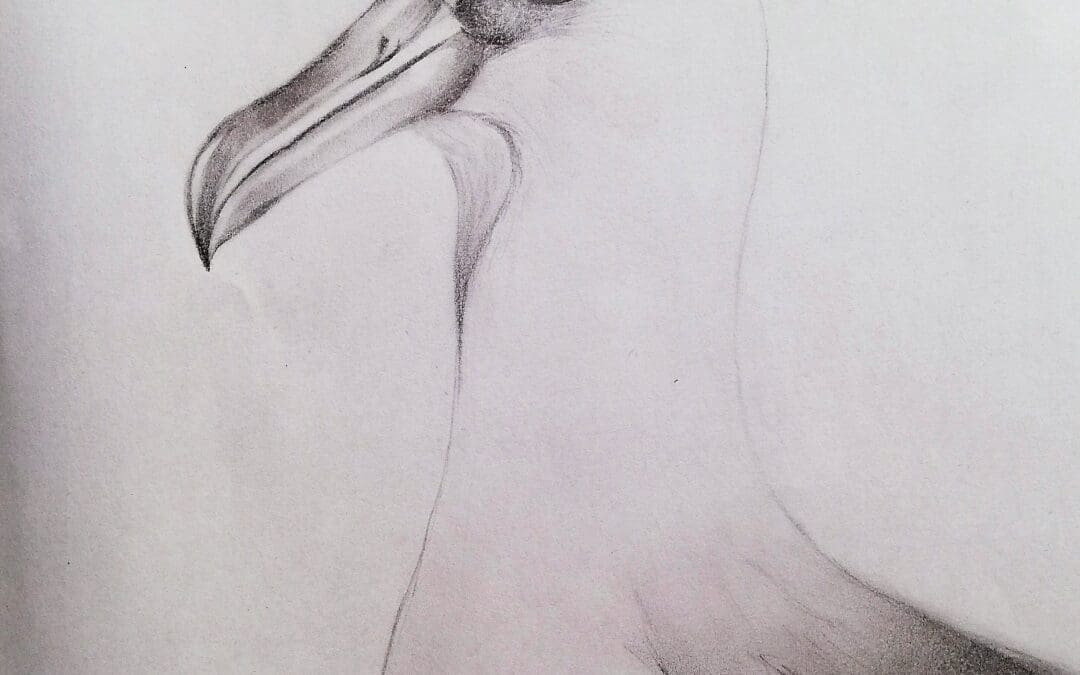

 Mariëtte Wheeler – regular freelancer for Antarctic Legacy of South Africa was born and bred a proud Pretorian girl. But my passion for the ocean developed throughout my childhood as my grandparents lived in Knysna. In my late teens I found myself staring at the ocean, wondering what it looks like beyond the horizon.
Mariëtte Wheeler – regular freelancer for Antarctic Legacy of South Africa was born and bred a proud Pretorian girl. But my passion for the ocean developed throughout my childhood as my grandparents lived in Knysna. In my late teens I found myself staring at the ocean, wondering what it looks like beyond the horizon. For the second year of my study I had a field assistant Prideel Majiedt on Marion Island and I supervised from here. One of my best round island trips was during the take-over of 2005 with Prideel(right), Marienne and John Cooper. John and I summited a few of the Marion hills. In 2006 I went for take-over to conduct more research on the Wandering Albatrosses.
For the second year of my study I had a field assistant Prideel Majiedt on Marion Island and I supervised from here. One of my best round island trips was during the take-over of 2005 with Prideel(right), Marienne and John Cooper. John and I summited a few of the Marion hills. In 2006 I went for take-over to conduct more research on the Wandering Albatrosses. On 27 February 2013, I received a phone call from Bruce Dyer asking if I would be interested to go to Marion Island as their one birder had withdrawn from the team. I had 24 hours to decide! Fortunately the timing was perfect as my contract with EWT was until the end of February. In April 2013 I sailed again to Marion Island as Department of Environment Affairs: Oceans and Coasts birder. What an amazing feeling to see Marion Island again! I therefore had the opportunity to travel on both the SA Agulhas and SA Agulhas II and to live in both the old base and the new base. My previous year on the island was during the construction time, so as a member of M70 I first experienced the isolation of only seeing the “Red Taxi II” a year later. I treasure memories of braai evenings in the braai room with its beautiful views, theme parties and unique hut radio communication.
On 27 February 2013, I received a phone call from Bruce Dyer asking if I would be interested to go to Marion Island as their one birder had withdrawn from the team. I had 24 hours to decide! Fortunately the timing was perfect as my contract with EWT was until the end of February. In April 2013 I sailed again to Marion Island as Department of Environment Affairs: Oceans and Coasts birder. What an amazing feeling to see Marion Island again! I therefore had the opportunity to travel on both the SA Agulhas and SA Agulhas II and to live in both the old base and the new base. My previous year on the island was during the construction time, so as a member of M70 I first experienced the isolation of only seeing the “Red Taxi II” a year later. I treasure memories of braai evenings in the braai room with its beautiful views, theme parties and unique hut radio communication.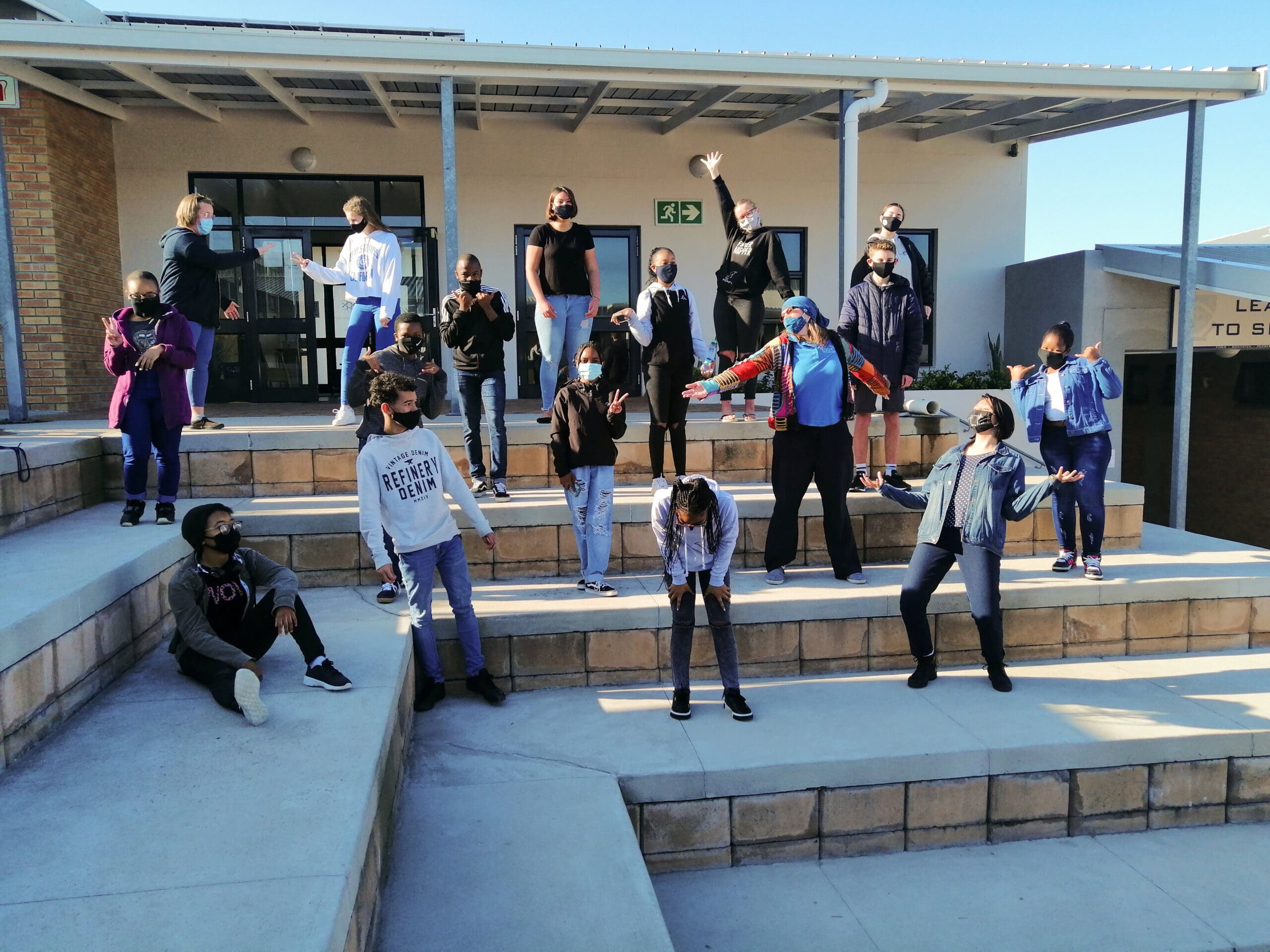 In 2016 I took up a post at Protea Heights Academy in Protea Heights (PHA), Brackenfell teaching Natural Sciences and Life Sciences. In 2018 I taught at a rural community school, Sterkspruit Christian Private School in what used to be Transkei. I lived in the picturesque Lady Grey at the foothills of the Drakensberg. In October 2018 I returned to PHA teaching Life Sciences.
In 2016 I took up a post at Protea Heights Academy in Protea Heights (PHA), Brackenfell teaching Natural Sciences and Life Sciences. In 2018 I taught at a rural community school, Sterkspruit Christian Private School in what used to be Transkei. I lived in the picturesque Lady Grey at the foothills of the Drakensberg. In October 2018 I returned to PHA teaching Life Sciences.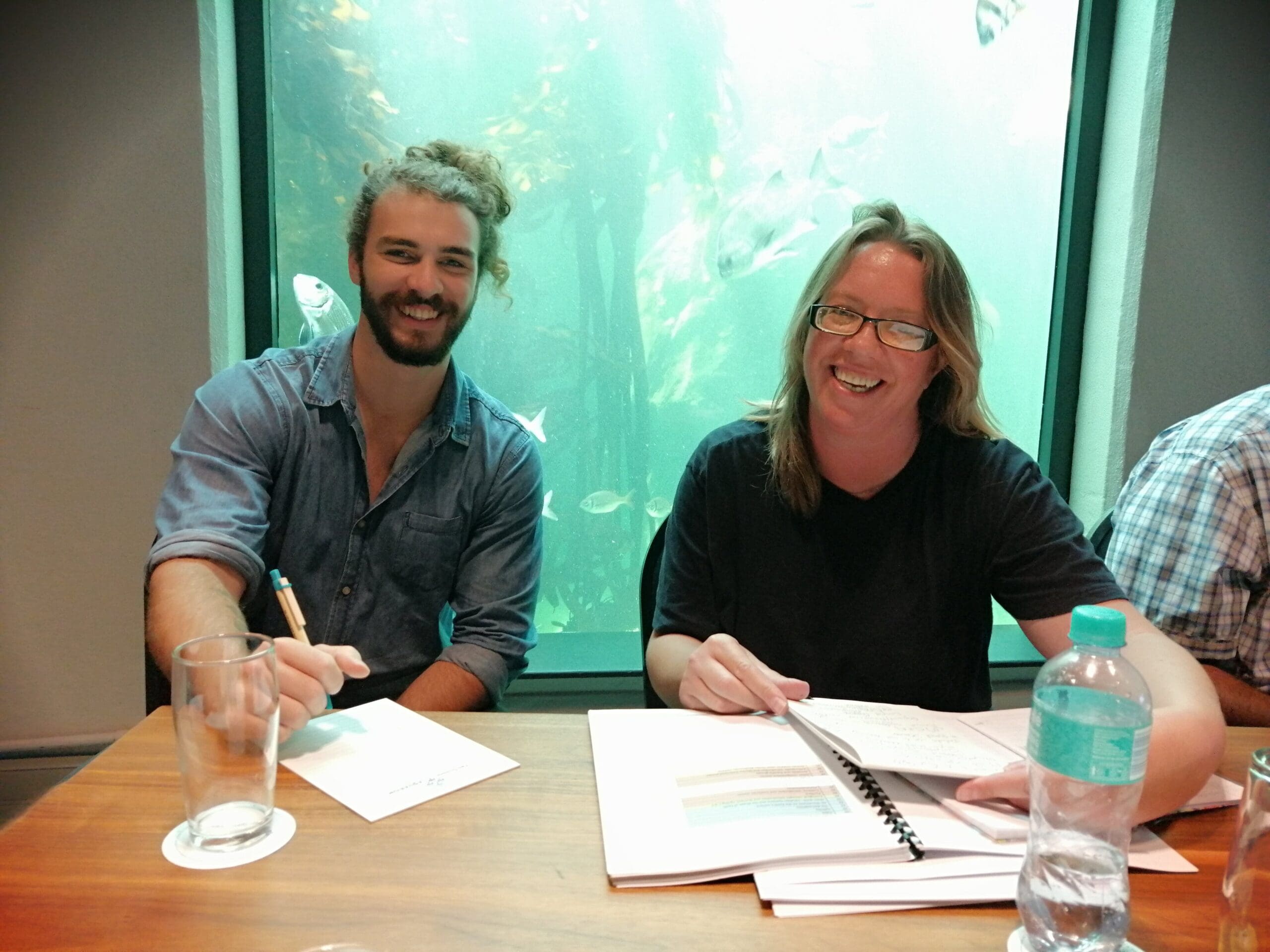 From 2020 PHA is one of the 6 nodal schools for the new Gr 10 to 12 subject Marine Sciences, in collaboration with Two Oceans Aquarium (the writers of the curriculum). I am now the departmental head of Marine Sciences, with Shaun Seaward as colleague. I am also teaching Life Sciences. Recently my learners were involved in the first World Albatross Day. Unfortunately due to COVID, plans that John Cooper and I had to get the entire school involved could not realise. With the international Great Albicake Bake Off as inspiration, I asked my learners (who were all still in lockdown) to make, bake, draw or paint anything creative provided that there was at least one albatross on. In this way they all learned more about albatrosses and enjoyed being creative. Antarctic Legacy of South Africa (ALSA) and the Agreement on the Conservation of Albatrosses and Petrels (ACAP) sponsored posters and books as prizes.
From 2020 PHA is one of the 6 nodal schools for the new Gr 10 to 12 subject Marine Sciences, in collaboration with Two Oceans Aquarium (the writers of the curriculum). I am now the departmental head of Marine Sciences, with Shaun Seaward as colleague. I am also teaching Life Sciences. Recently my learners were involved in the first World Albatross Day. Unfortunately due to COVID, plans that John Cooper and I had to get the entire school involved could not realise. With the international Great Albicake Bake Off as inspiration, I asked my learners (who were all still in lockdown) to make, bake, draw or paint anything creative provided that there was at least one albatross on. In this way they all learned more about albatrosses and enjoyed being creative. Antarctic Legacy of South Africa (ALSA) and the Agreement on the Conservation of Albatrosses and Petrels (ACAP) sponsored posters and books as prizes.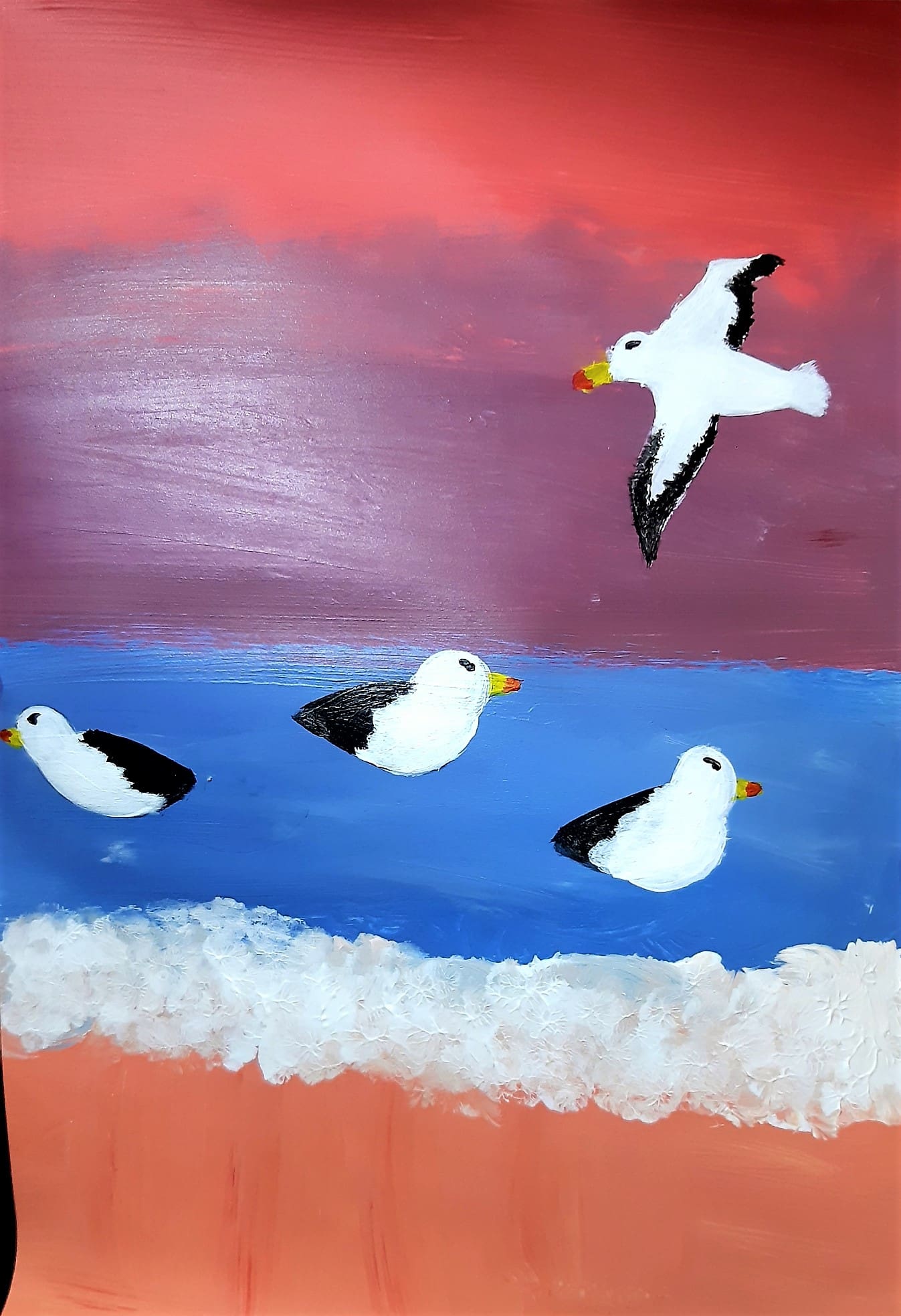

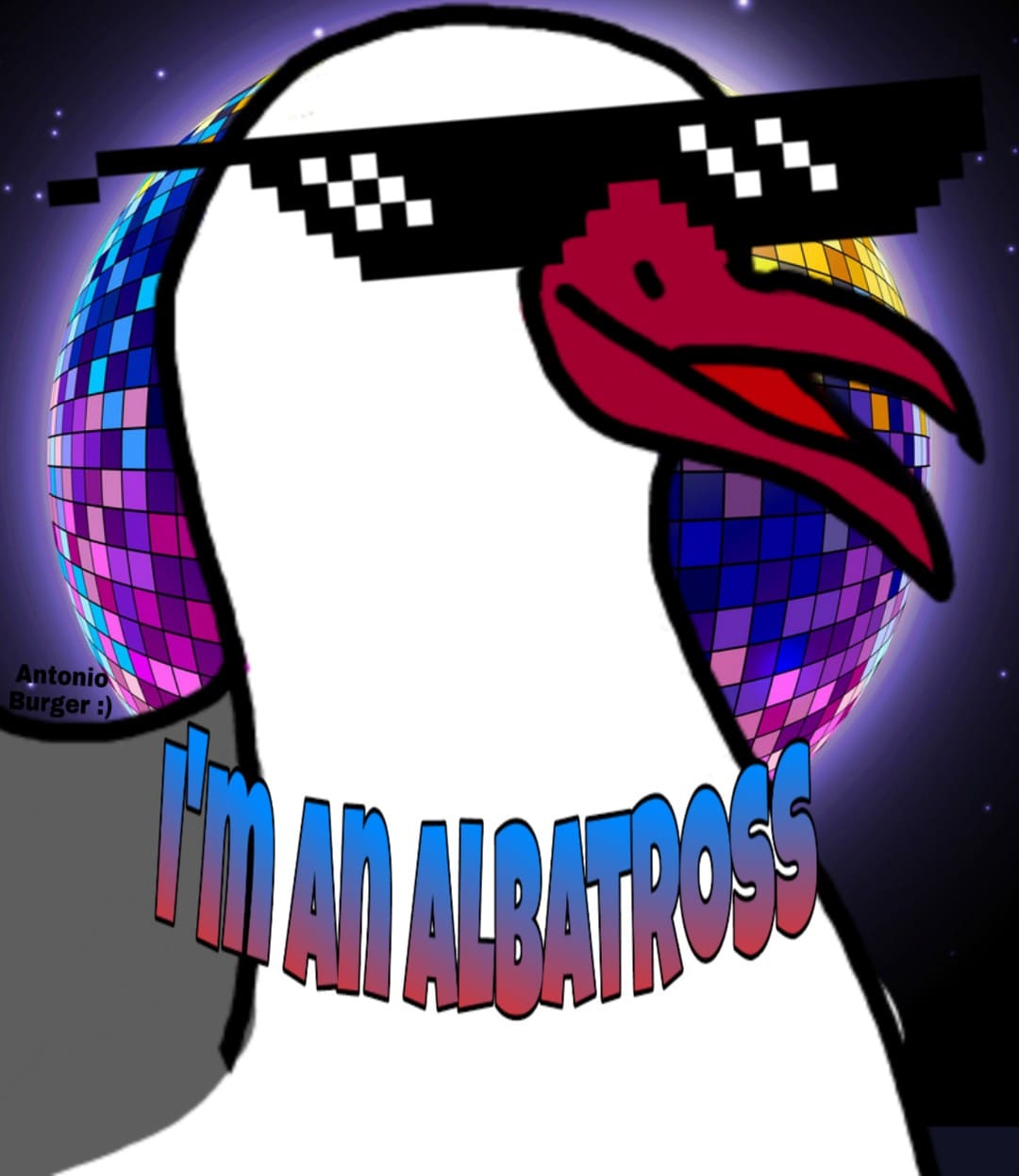
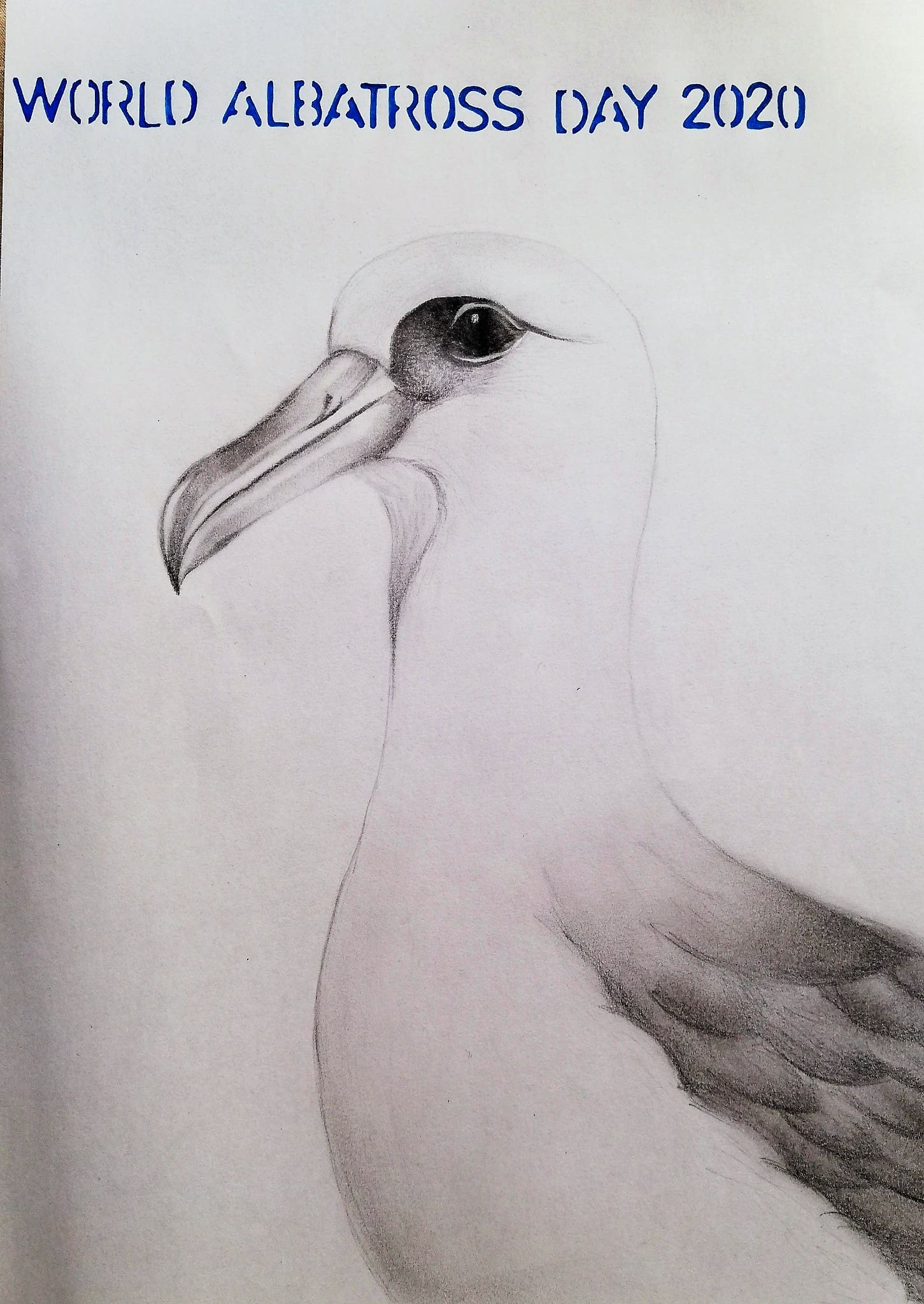

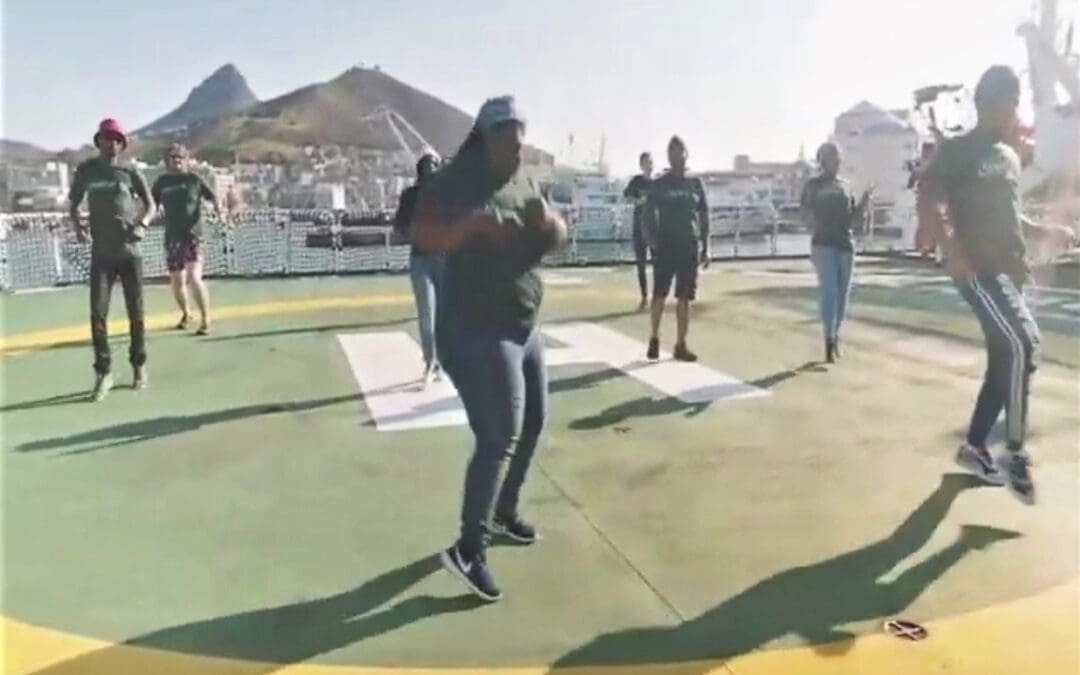



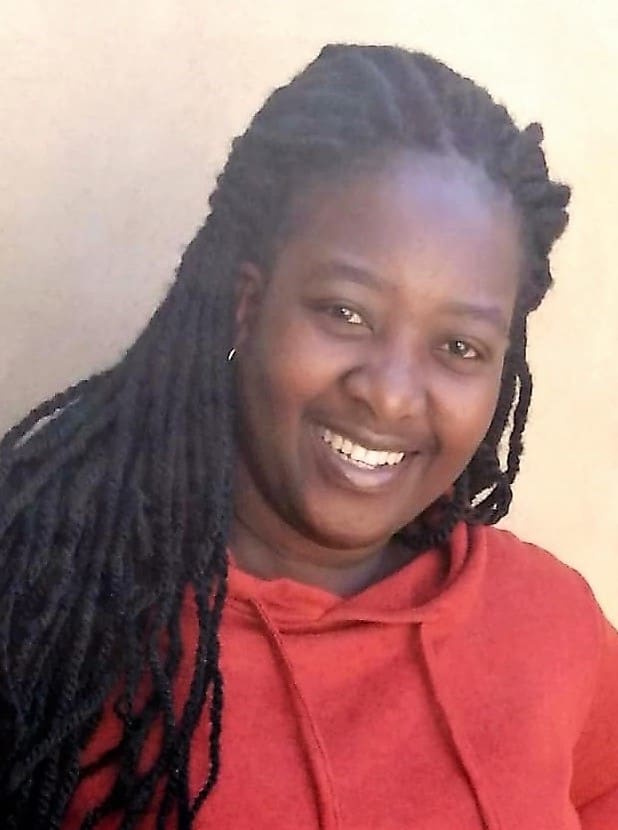
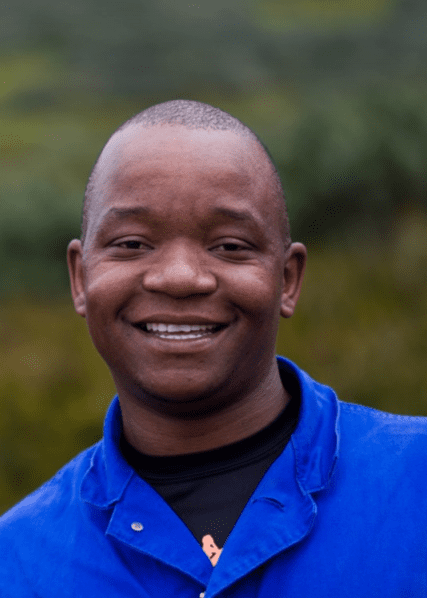
 (Above L-R: Tshimangadzo Jufter(Jay) Munyai – Leader and Electrical Engineer, Catherine(Cathy) Mbazwana – Deputy Leader and Medical Orderly, S’Celo Ndwalane – Diesel Mechanic and Gert Benadé – Communications Engineer)
(Above L-R: Tshimangadzo Jufter(Jay) Munyai – Leader and Electrical Engineer, Catherine(Cathy) Mbazwana – Deputy Leader and Medical Orderly, S’Celo Ndwalane – Diesel Mechanic and Gert Benadé – Communications Engineer)

 (Above L-R: Zinhle(Zee) Shongwe – Senior Meteorological Technician and Meteorological Technicians (Asa) Somaxaka and Dylan Seaton (of Gough65 staying on for another year)
(Above L-R: Zinhle(Zee) Shongwe – Senior Meteorological Technician and Meteorological Technicians (Asa) Somaxaka and Dylan Seaton (of Gough65 staying on for another year)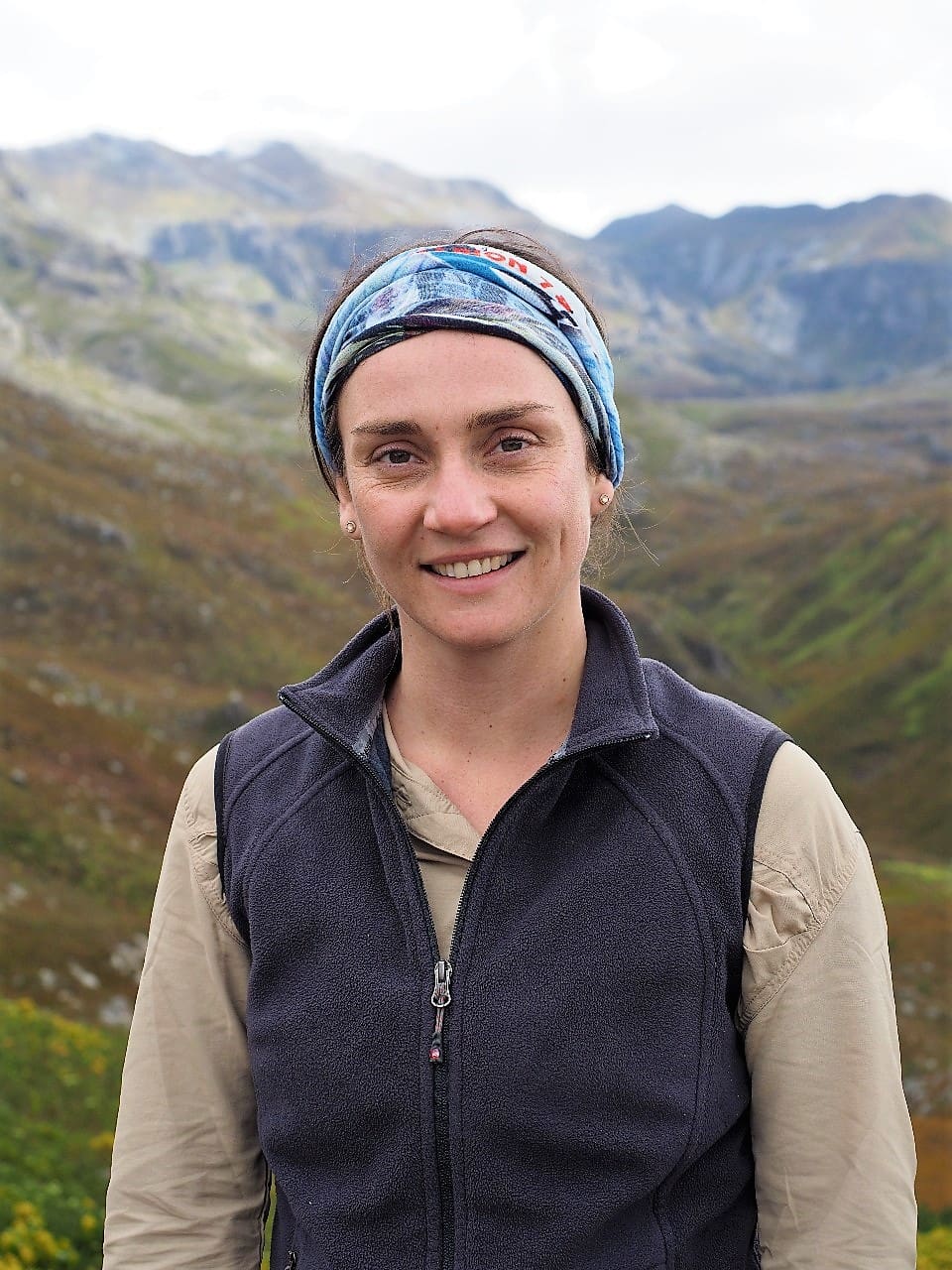

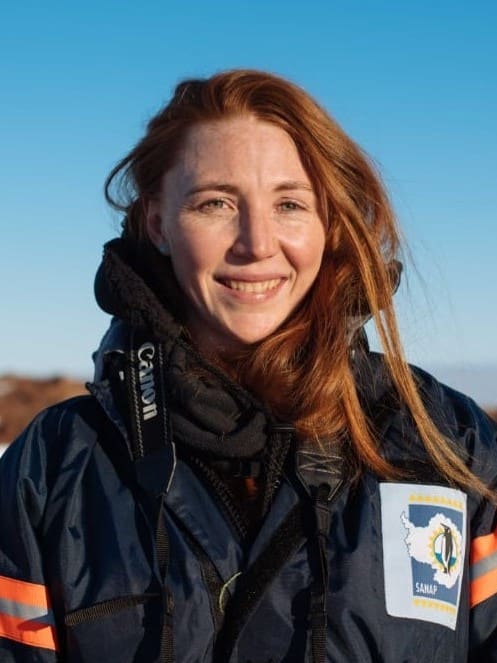 (Above L-R: RSPB field assistants; Vonica Perold, Roelf Daling and Kim Stevens
(Above L-R: RSPB field assistants; Vonica Perold, Roelf Daling and Kim Stevens As with
As with 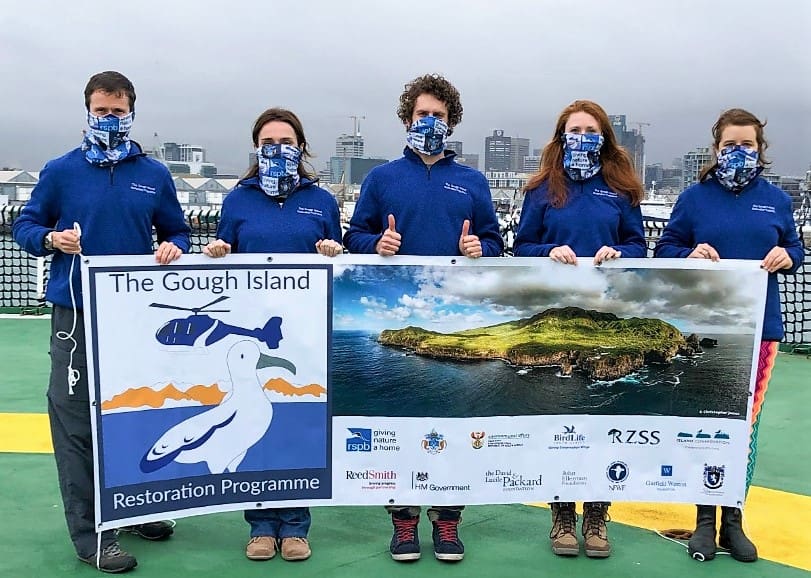 (Above L-R: Richard Hall – Logistics Manager, Vonica Perold, Roelf Daling and Kim Stevens – RSPB Field Asisstants and Nini van der Merwe(BirdlifeSA) with poster of restoration programme. The
(Above L-R: Richard Hall – Logistics Manager, Vonica Perold, Roelf Daling and Kim Stevens – RSPB Field Asisstants and Nini van der Merwe(BirdlifeSA) with poster of restoration programme. The 

 Above a few preliminary team photos (L-R: girls of 66, Team66, Guys of 66) Follow #GOUGH66 on Twitter @Antarcticlegacy and
Above a few preliminary team photos (L-R: girls of 66, Team66, Guys of 66) Follow #GOUGH66 on Twitter @Antarcticlegacy and 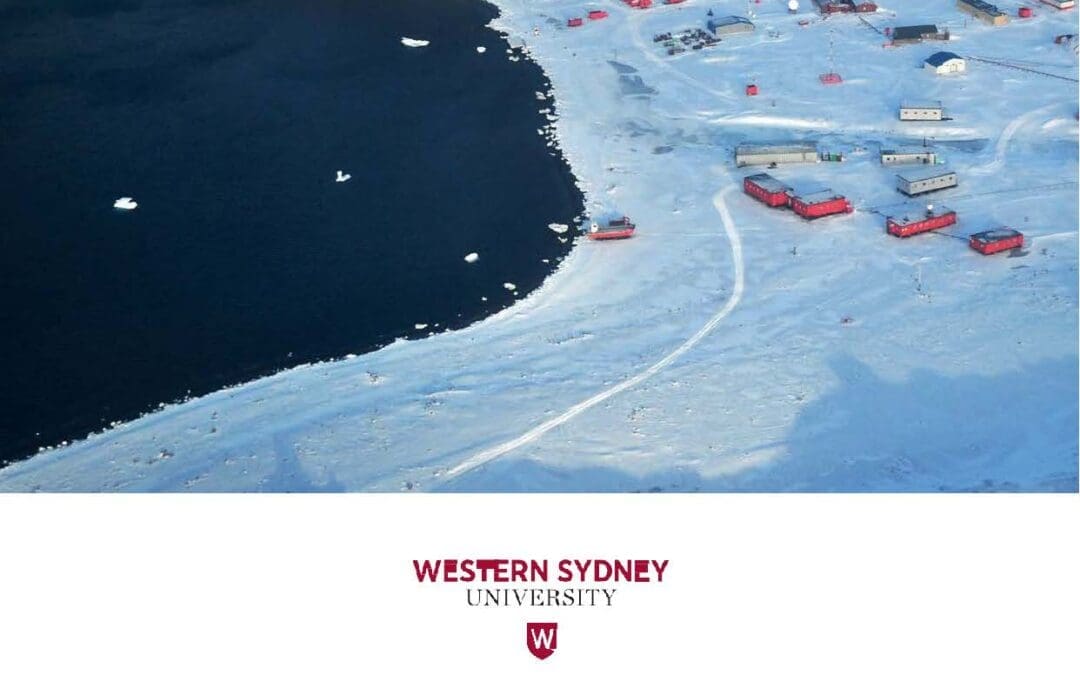
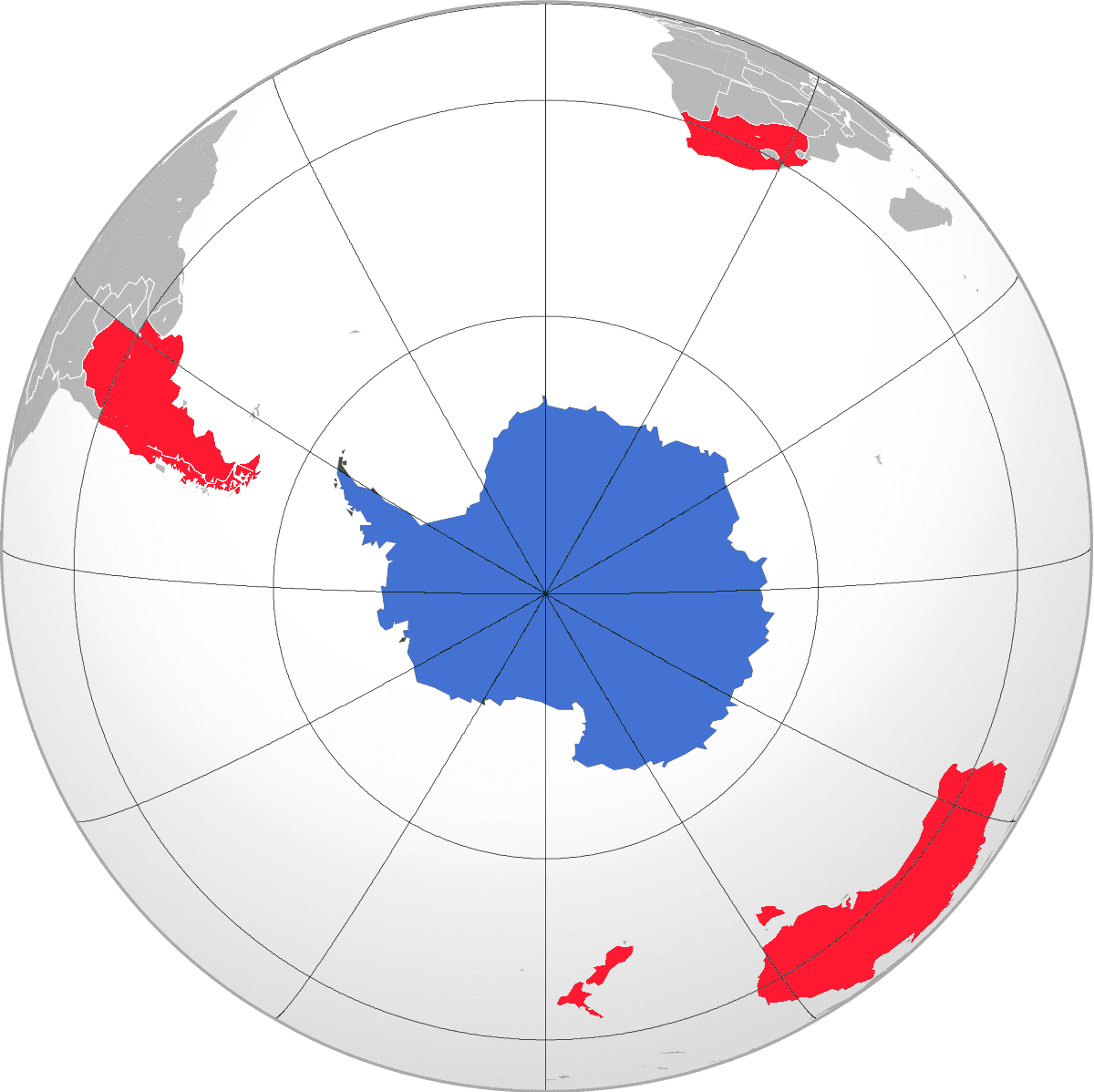 Antarctic cities and the global commons: Rethinking the Gateways – project by Institute for Culture and Society. How we care for Antarctica is key to the planet’s future. As pressures on the continent increase, five gateway cities will become critical to its future.
Antarctic cities and the global commons: Rethinking the Gateways – project by Institute for Culture and Society. How we care for Antarctica is key to the planet’s future. As pressures on the continent increase, five gateway cities will become critical to its future.
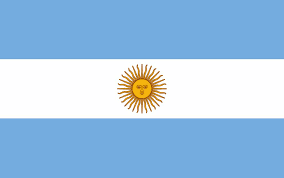
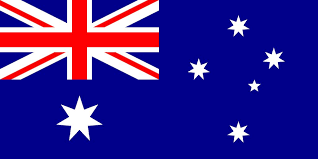
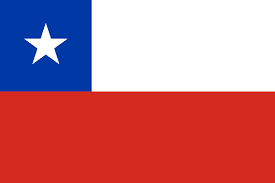
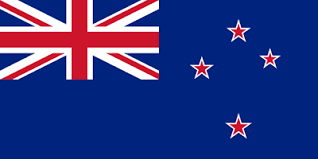
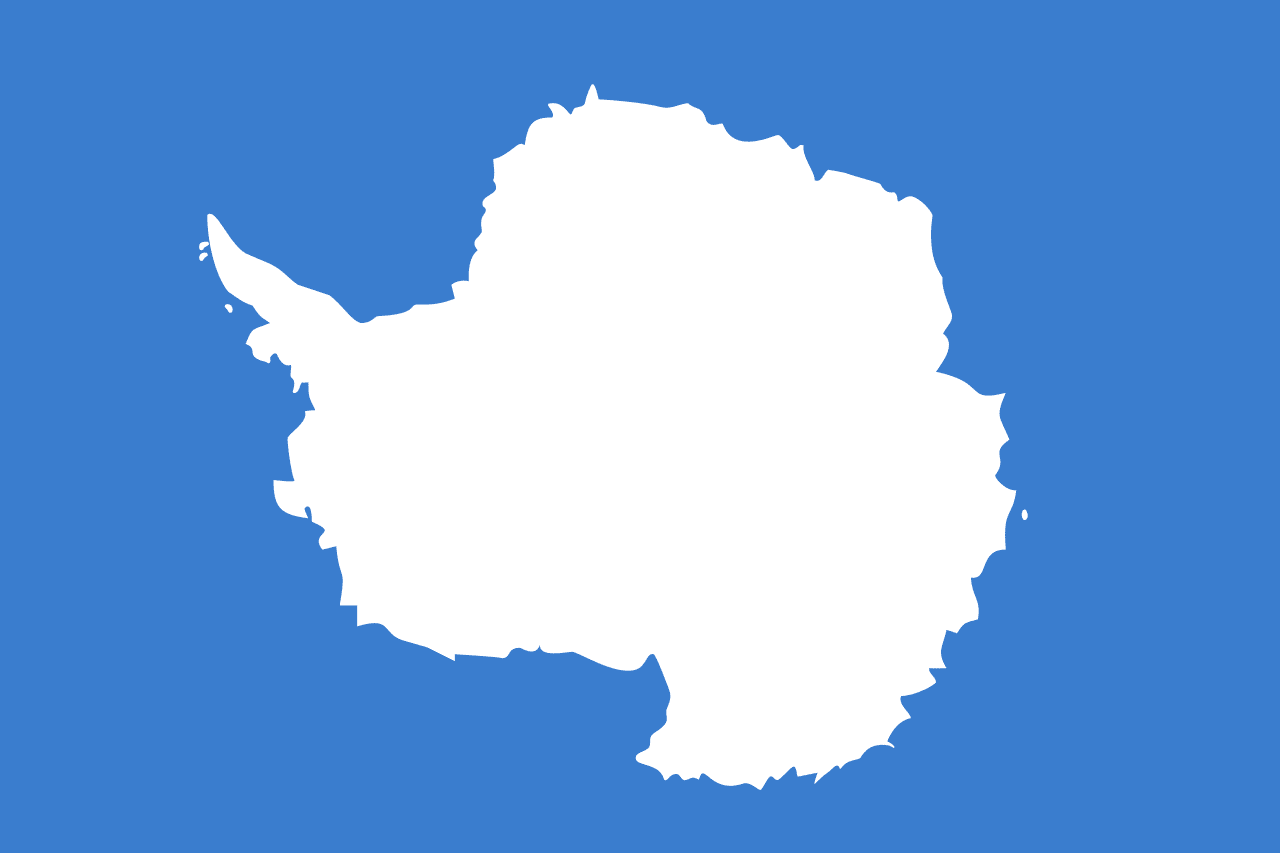 These five cities; Cape Town, Christchurch, Hobart, Punta Arenas, and Ushuaia have complex histories of engagement with the Antarctic. Located in zones with intense interconnectivity to the Antarctic, they are formally recognised international gateways through which most travel to the region flows. All significant engagement with the Southern Polar Region is coordinated through them, but the ensuing competition for economic advantage that this traffic offers is not always constructive.
These five cities; Cape Town, Christchurch, Hobart, Punta Arenas, and Ushuaia have complex histories of engagement with the Antarctic. Located in zones with intense interconnectivity to the Antarctic, they are formally recognised international gateways through which most travel to the region flows. All significant engagement with the Southern Polar Region is coordinated through them, but the ensuing competition for economic advantage that this traffic offers is not always constructive.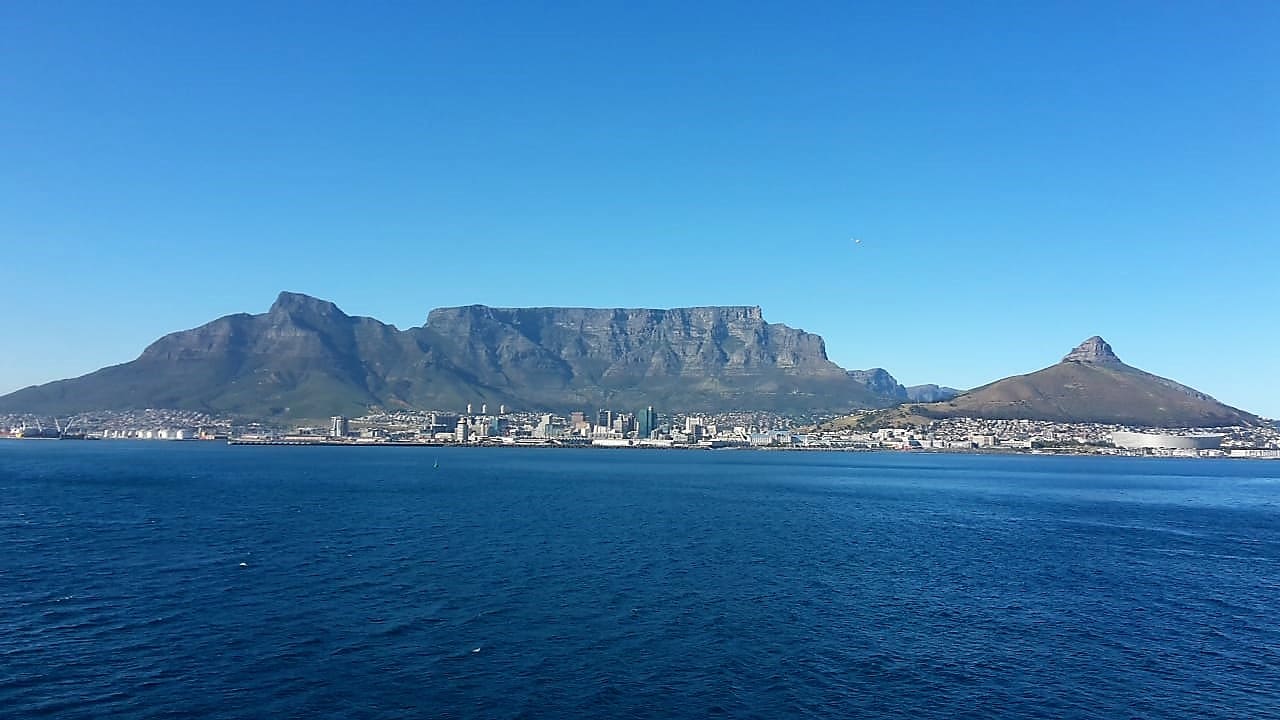 SANAP has been involved through the
SANAP has been involved through the  This project is the first substantial comparative program to investigate how gateway cities might both re-imagine and intensify their relations to Antarctica and each other. In doing so, constituents across the Antarctic gateway cities will be drawn into an ongoing partnership to research the significance of their Antarctic connection. The aims of this project are to demonstrate how ecological stewardship, political cooperation, cultural vibrancy, and economic prosperity can be mutually reinforcing, and determine how these cities see themselves into the future in relation to Antarctica and to each other. It intends to revitalise these relations through assessment and research processes that include supporting citizens to frame future forms of engagement. The project includes working with youth across the five cities to instigate the engagement of young people in debating the future of these cities and the futures of Antarctica. This evolved into the
This project is the first substantial comparative program to investigate how gateway cities might both re-imagine and intensify their relations to Antarctica and each other. In doing so, constituents across the Antarctic gateway cities will be drawn into an ongoing partnership to research the significance of their Antarctic connection. The aims of this project are to demonstrate how ecological stewardship, political cooperation, cultural vibrancy, and economic prosperity can be mutually reinforcing, and determine how these cities see themselves into the future in relation to Antarctica and to each other. It intends to revitalise these relations through assessment and research processes that include supporting citizens to frame future forms of engagement. The project includes working with youth across the five cities to instigate the engagement of young people in debating the future of these cities and the futures of Antarctica. This evolved into the 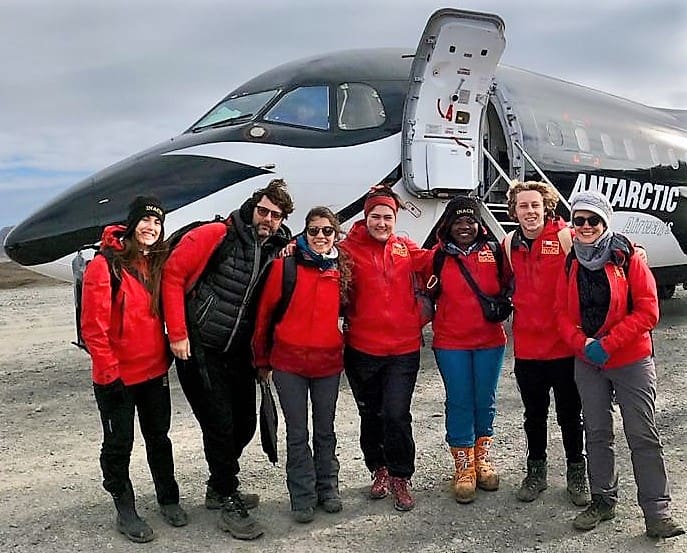
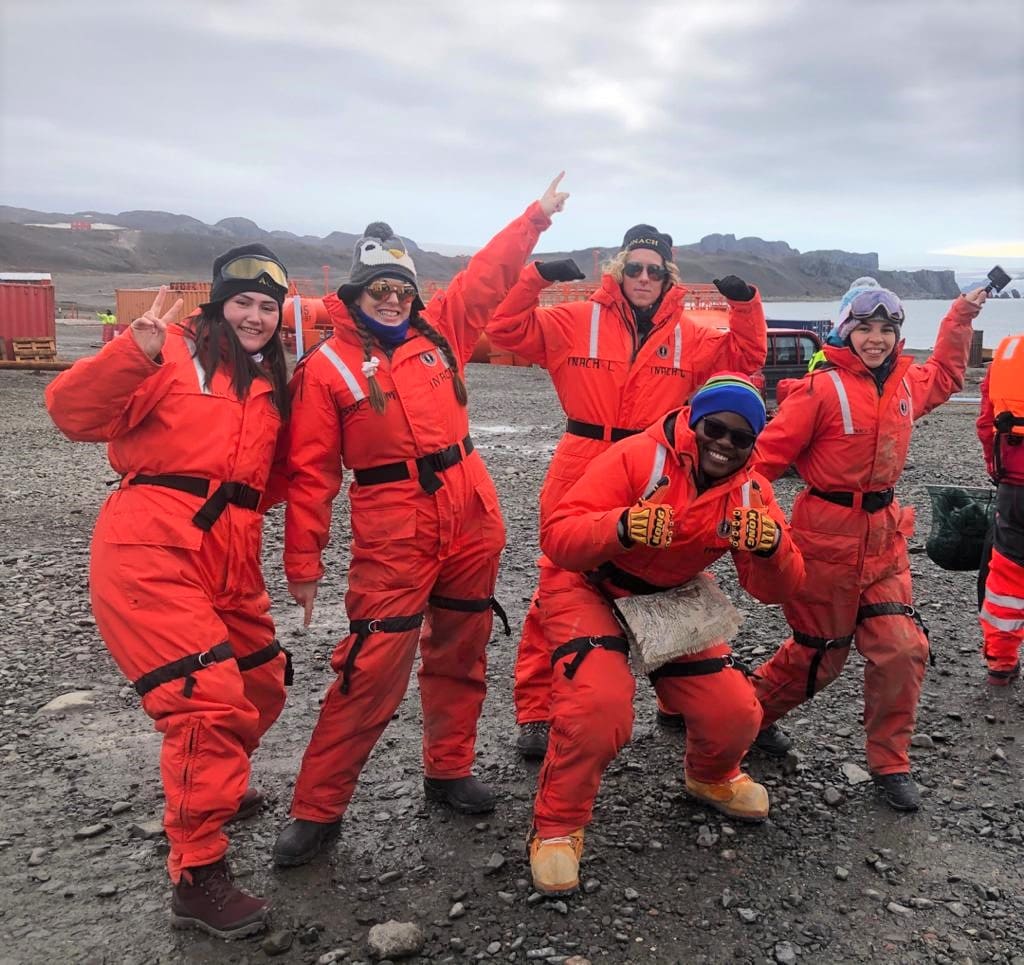
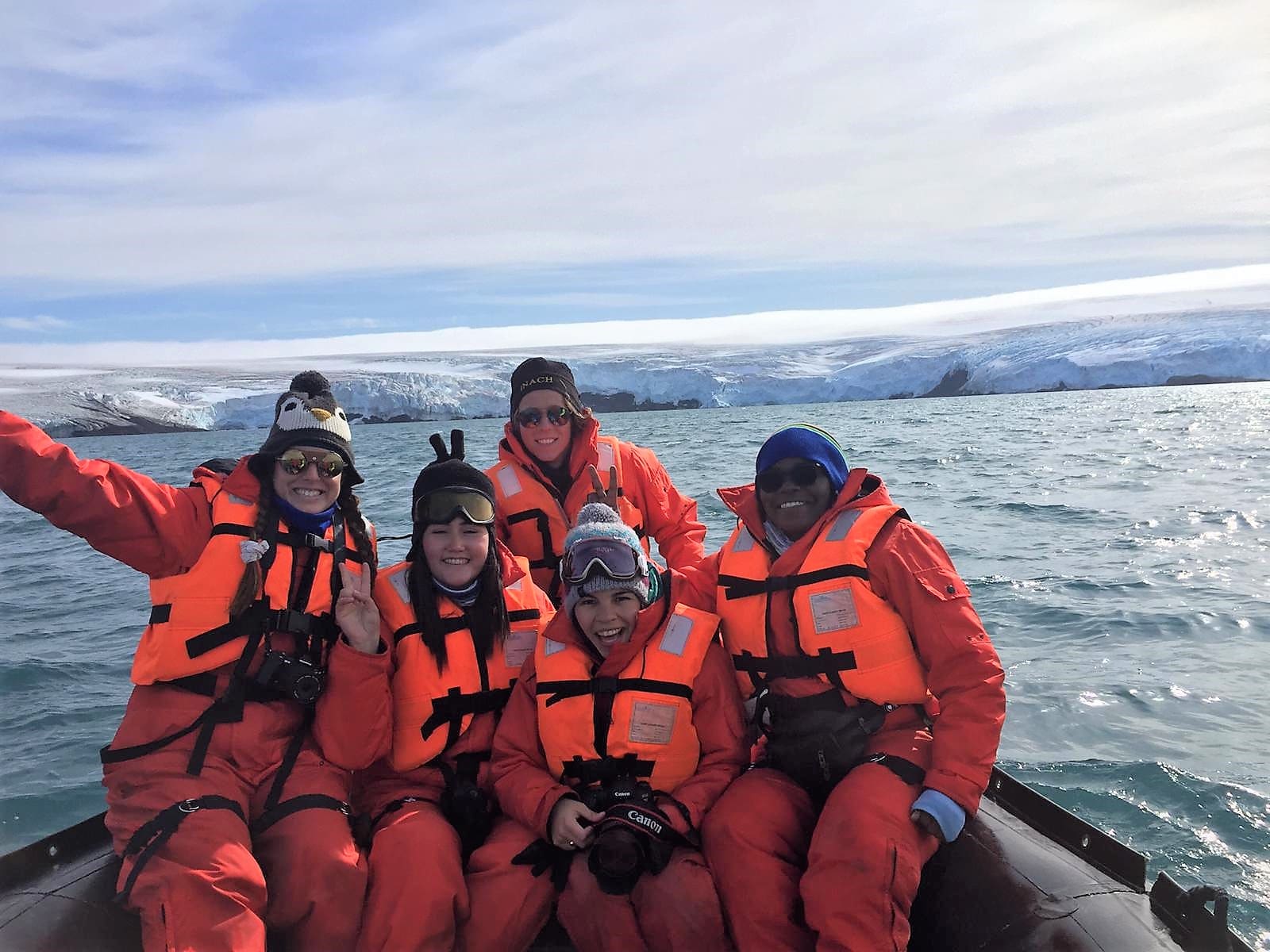 (Above l-r: % champions with Juan Salazar and Elizabeth Leane, 5 Champions and see Rudzi with South African Flag beanie) 5 Champions were chosen from the 5 Gateway Cities to represent their countries. A lot of effort, passion and work have been put in by these young champions. “During the ACYE to King George/25 de Mayo Island, Antarctic Peninsula, in February 2020, 5 young leaders representing the 5 Gateway cities developed a new AYC. AYC will focus on devising youth engagement networks in the five gateway cities to create new connections among these cities and develop a sense of Antarctic custodianship unique to all the gateways.” During the AYCE Rudzi visit the stations of Chile and Uruguay and took a gift from South Africa to every station, a table runner with Proteas the beautiful flower from the Western Cape as well as publications.
(Above l-r: % champions with Juan Salazar and Elizabeth Leane, 5 Champions and see Rudzi with South African Flag beanie) 5 Champions were chosen from the 5 Gateway Cities to represent their countries. A lot of effort, passion and work have been put in by these young champions. “During the ACYE to King George/25 de Mayo Island, Antarctic Peninsula, in February 2020, 5 young leaders representing the 5 Gateway cities developed a new AYC. AYC will focus on devising youth engagement networks in the five gateway cities to create new connections among these cities and develop a sense of Antarctic custodianship unique to all the gateways.” During the AYCE Rudzi visit the stations of Chile and Uruguay and took a gift from South Africa to every station, a table runner with Proteas the beautiful flower from the Western Cape as well as publications.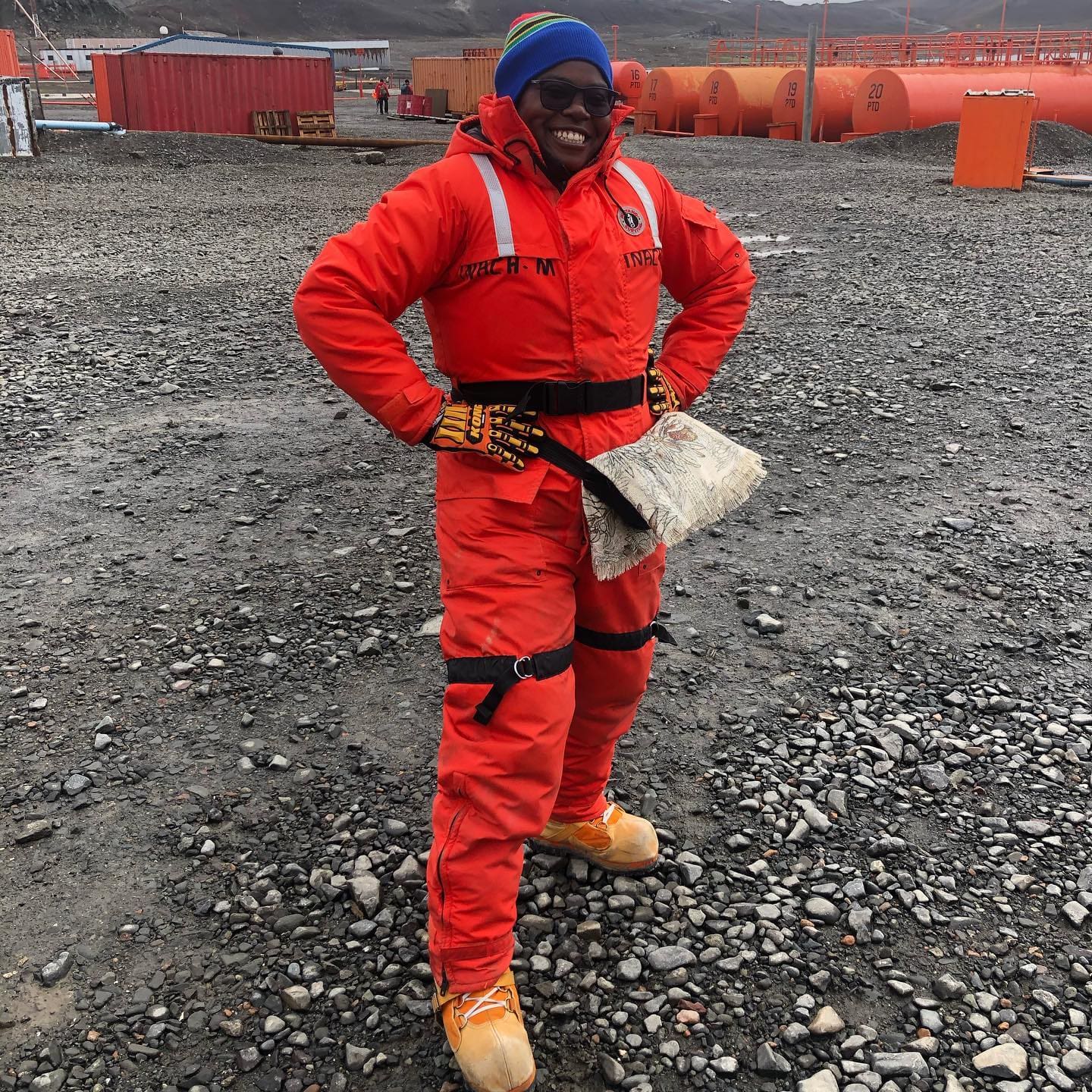
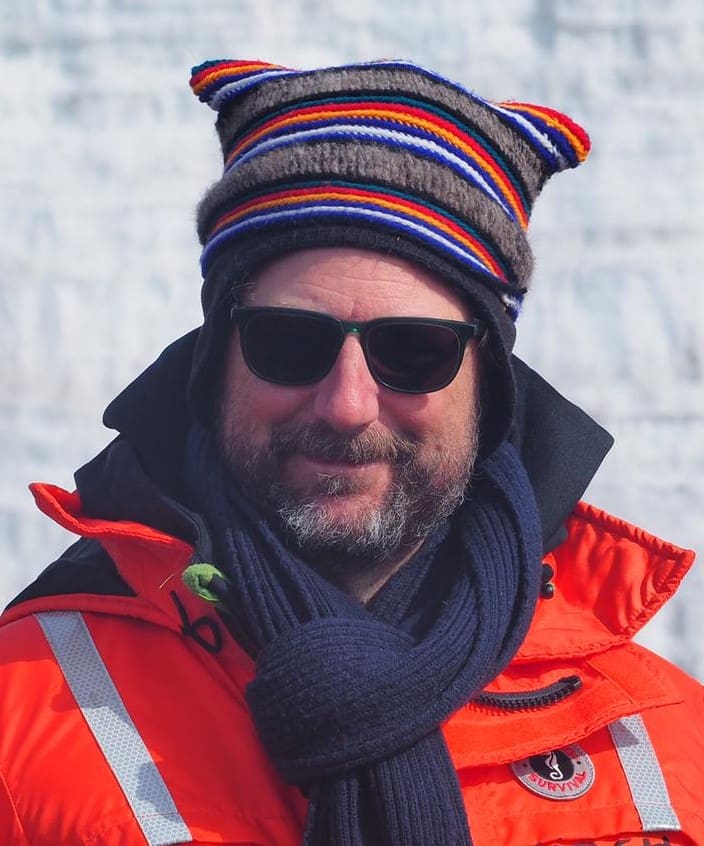 Rudzi(left) on
Rudzi(left) on 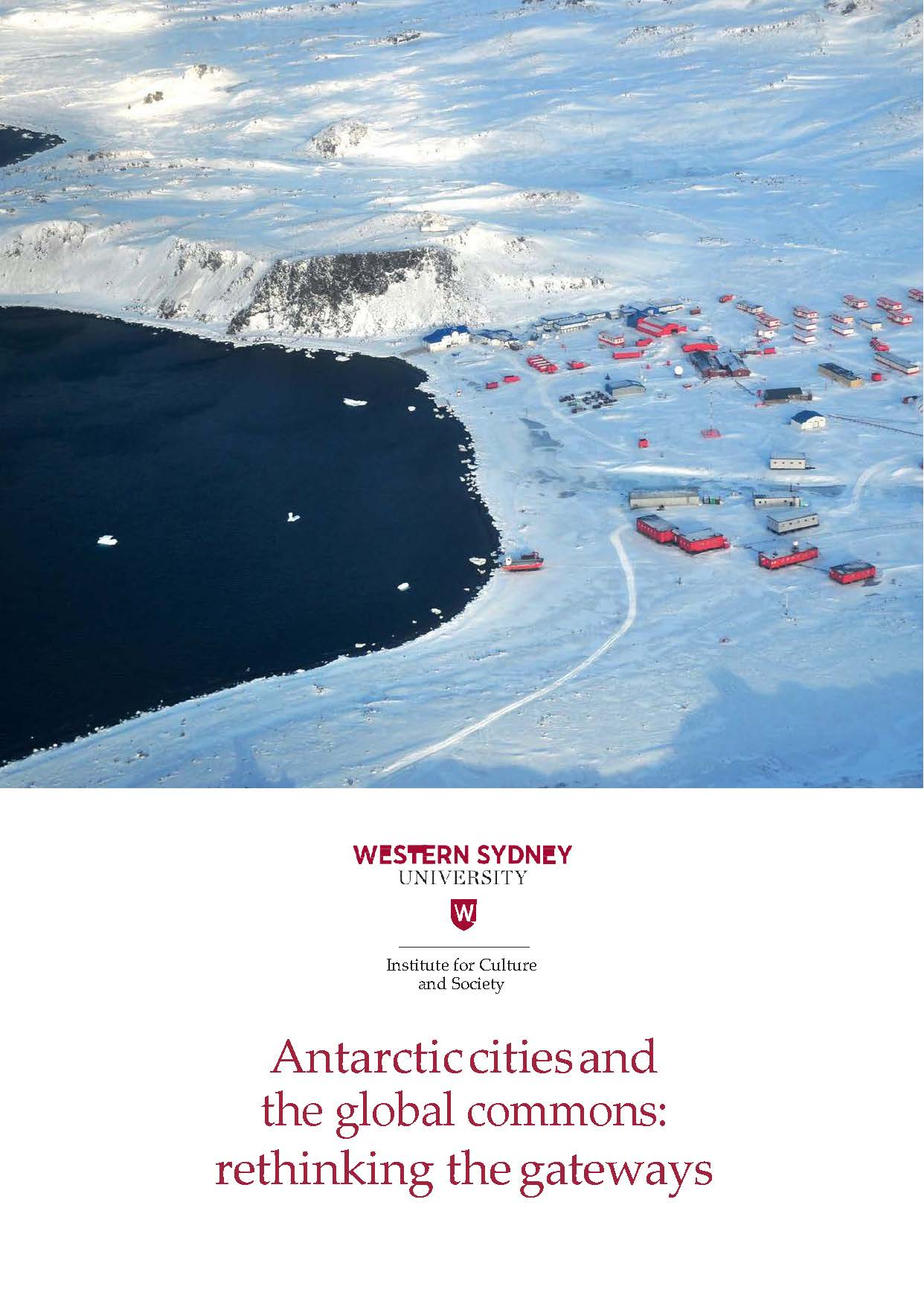 (Images from ACYE expedition and text from ACYE pamphlet)
(Images from ACYE expedition and text from ACYE pamphlet)
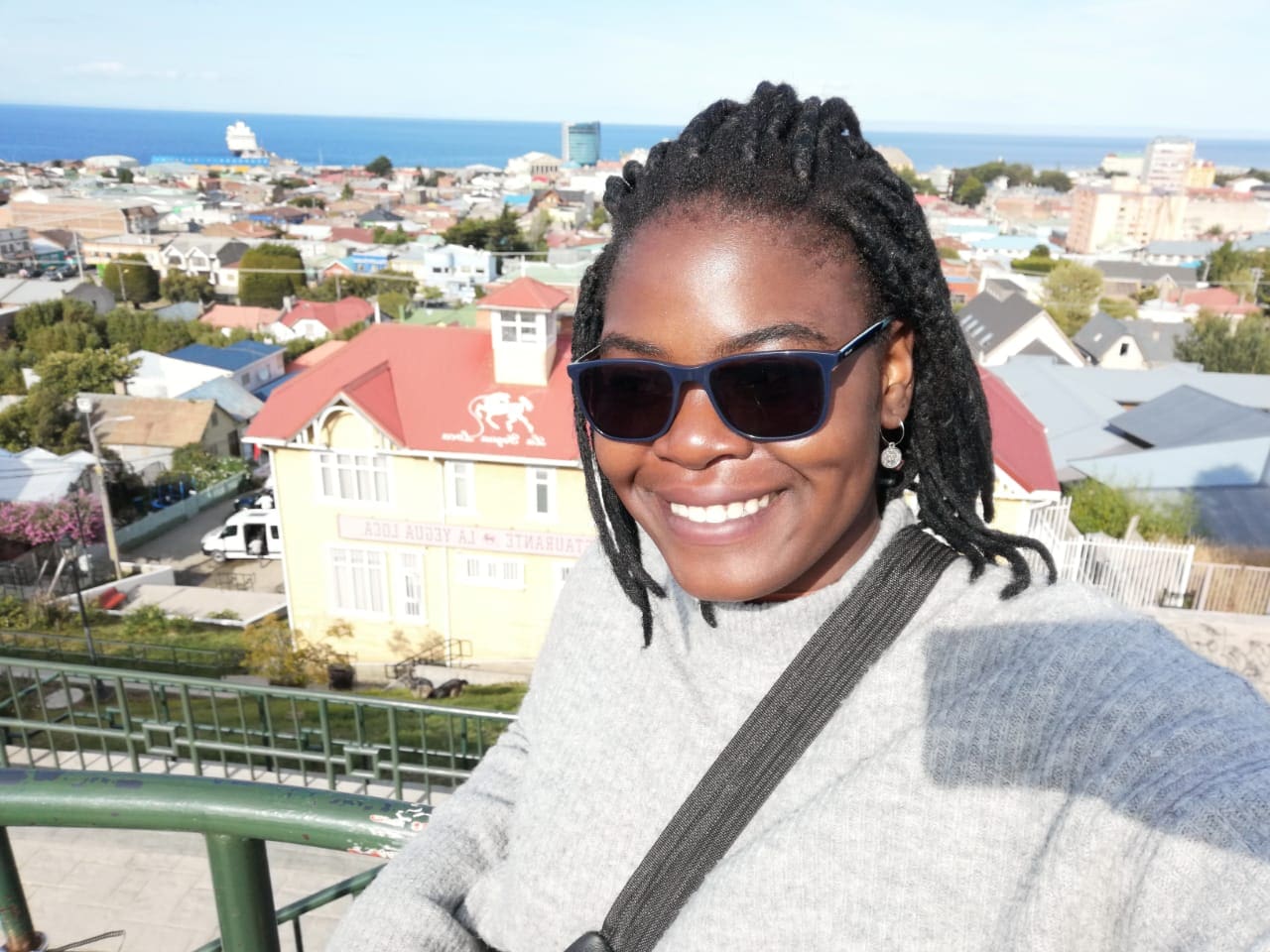
 Rudzani Silima (Rudzi) have from a young age, always known that she would pursue a career in environmental conservation and science. “I grew up in the very small town of
Rudzani Silima (Rudzi) have from a young age, always known that she would pursue a career in environmental conservation and science. “I grew up in the very small town of 
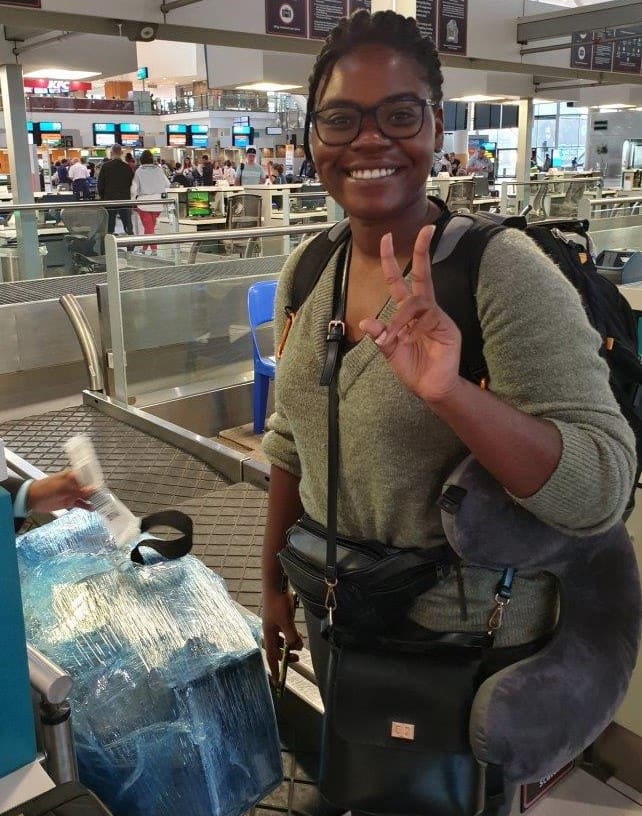

 (l-r: Rudzi and Nompumelelo(DEFF),weighing my luggage, Ria Olivier(ALSA) sent me on my trip, during transit I said goodbye to my family) To date I have attained a collection of prizes from my university and conferences, further validating my determination to advocate for the oceans and our planet. As the best
(l-r: Rudzi and Nompumelelo(DEFF),weighing my luggage, Ria Olivier(ALSA) sent me on my trip, during transit I said goodbye to my family) To date I have attained a collection of prizes from my university and conferences, further validating my determination to advocate for the oceans and our planet. As the best 
 The
The 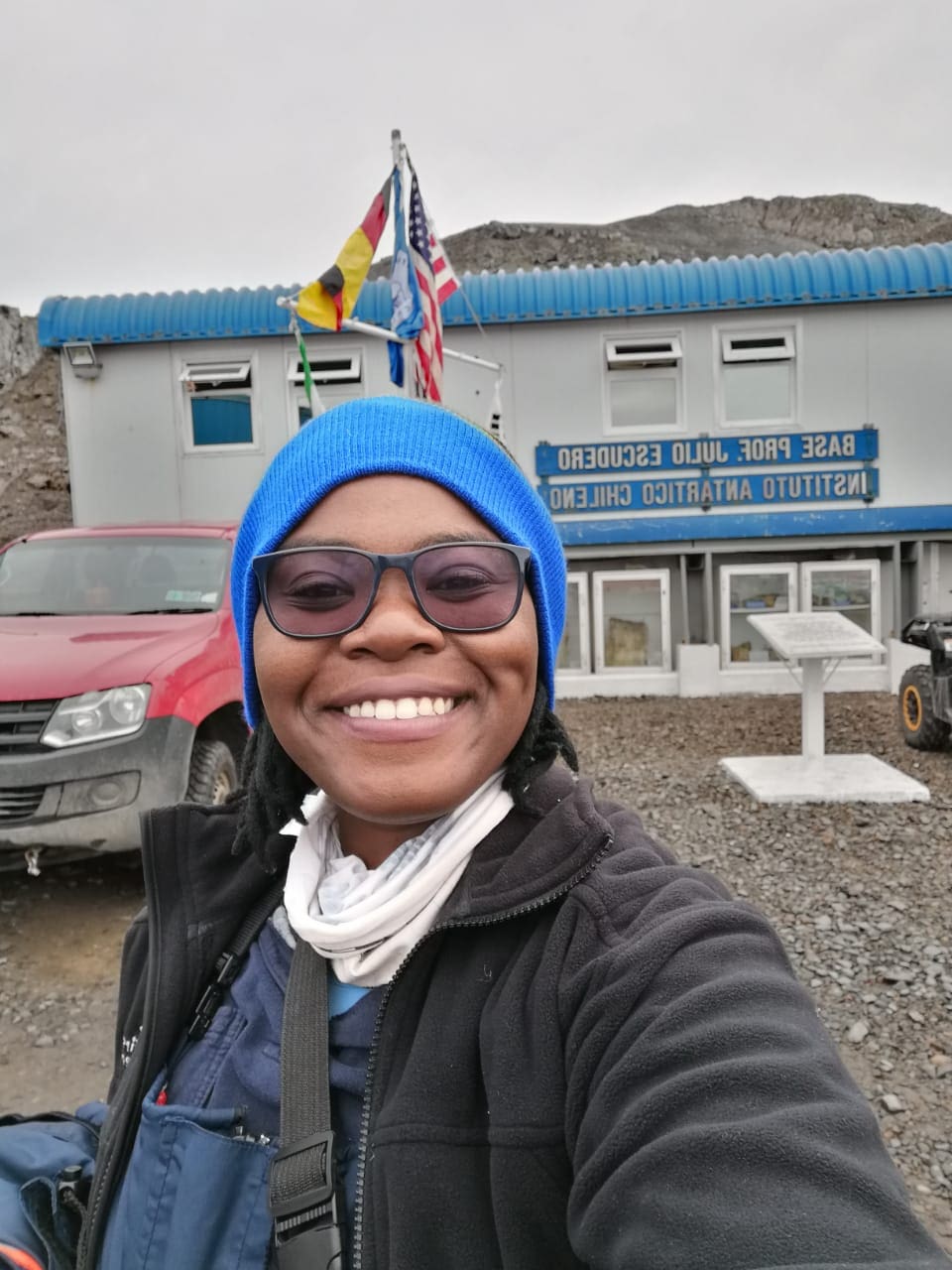
 There are many controversies related to climate change today, however, in Antarctica there is physical evidence that climate change is happening right now and not in some distant future. Therefore, the formation of the Antarctic Youth Coalition couldn’t be more perfectly timed. The AYC, hence from now on aims to make accessible the very important science done in the Southern Ocean to everyday citizens in the five gateway cities but also all around the world.
There are many controversies related to climate change today, however, in Antarctica there is physical evidence that climate change is happening right now and not in some distant future. Therefore, the formation of the Antarctic Youth Coalition couldn’t be more perfectly timed. The AYC, hence from now on aims to make accessible the very important science done in the Southern Ocean to everyday citizens in the five gateway cities but also all around the world.  “Therefore, all of us, common or otherwise, share the responsibility for a healthy, thriving Antarctica and our whole planet! My parting word, specifically to us young people is to never give up on yourself and never give up on your dreams. All of us have the potential to change the world in our own very unique and exciting ways”
“Therefore, all of us, common or otherwise, share the responsibility for a healthy, thriving Antarctica and our whole planet! My parting word, specifically to us young people is to never give up on yourself and never give up on your dreams. All of us have the potential to change the world in our own very unique and exciting ways”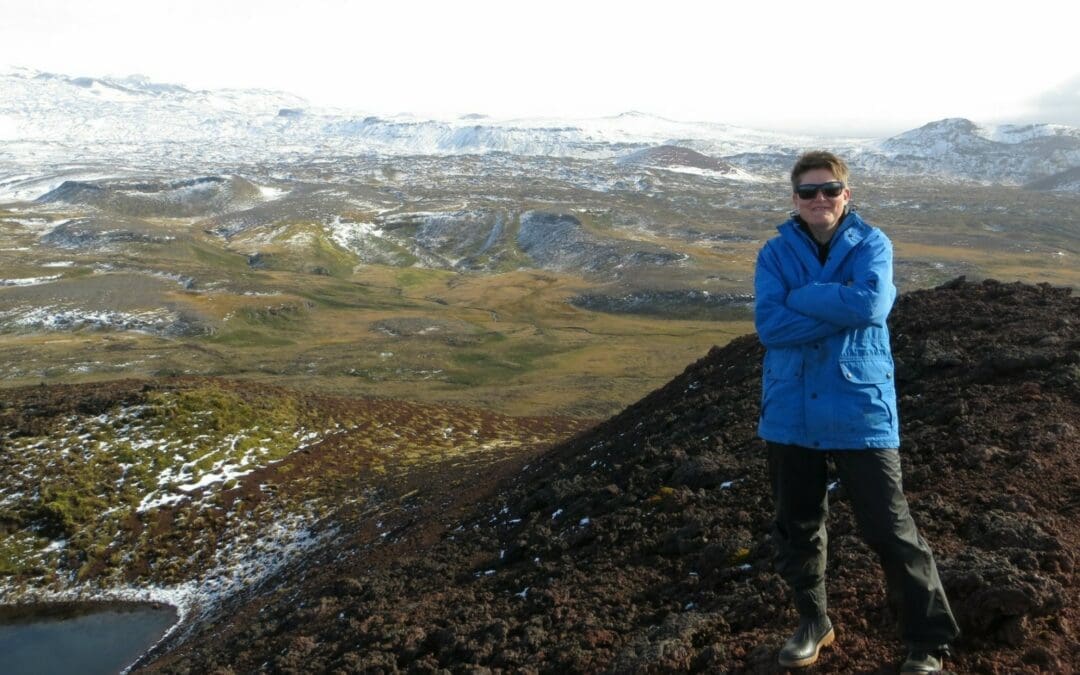

 A friend of mine once told me that I am a borne civil servant, and it turns out she was right. Although I got accepted at the
A friend of mine once told me that I am a borne civil servant, and it turns out she was right. Although I got accepted at the 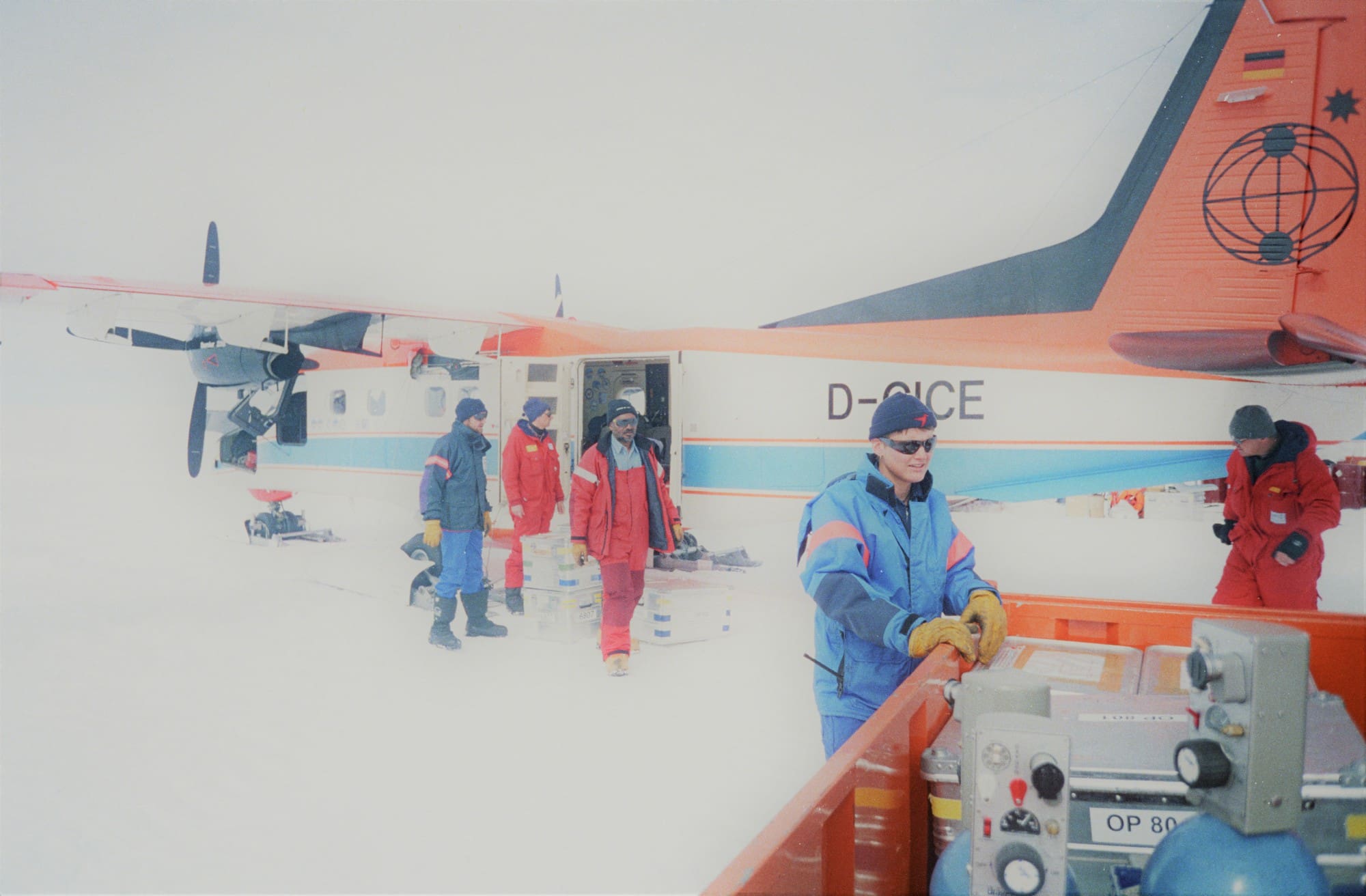

 (Images L-R: offloading at SANAE depot – SANAE helipad Neumayer delegation – Day trip to Neumayer)
(Images L-R: offloading at SANAE depot – SANAE helipad Neumayer delegation – Day trip to Neumayer)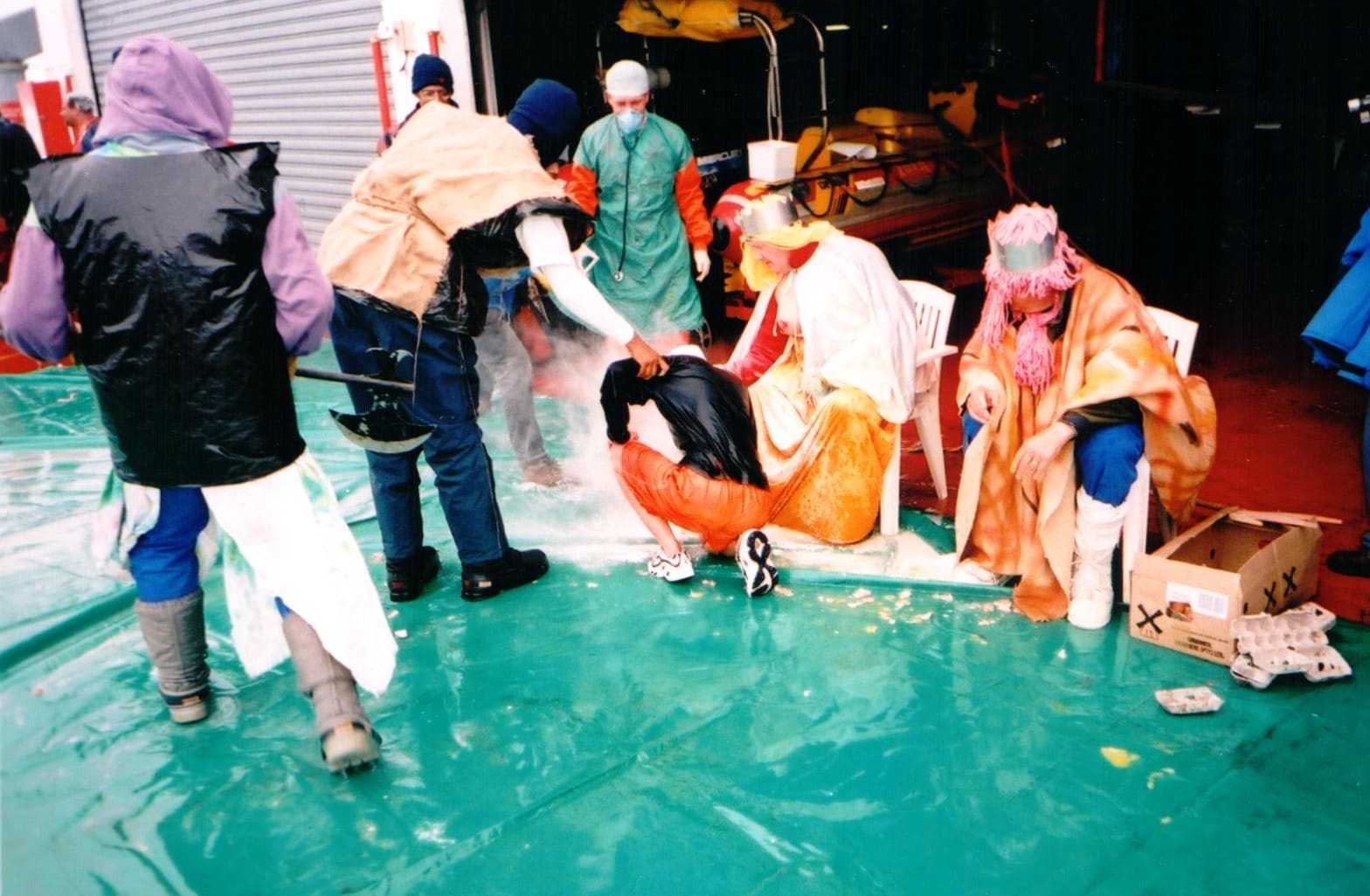
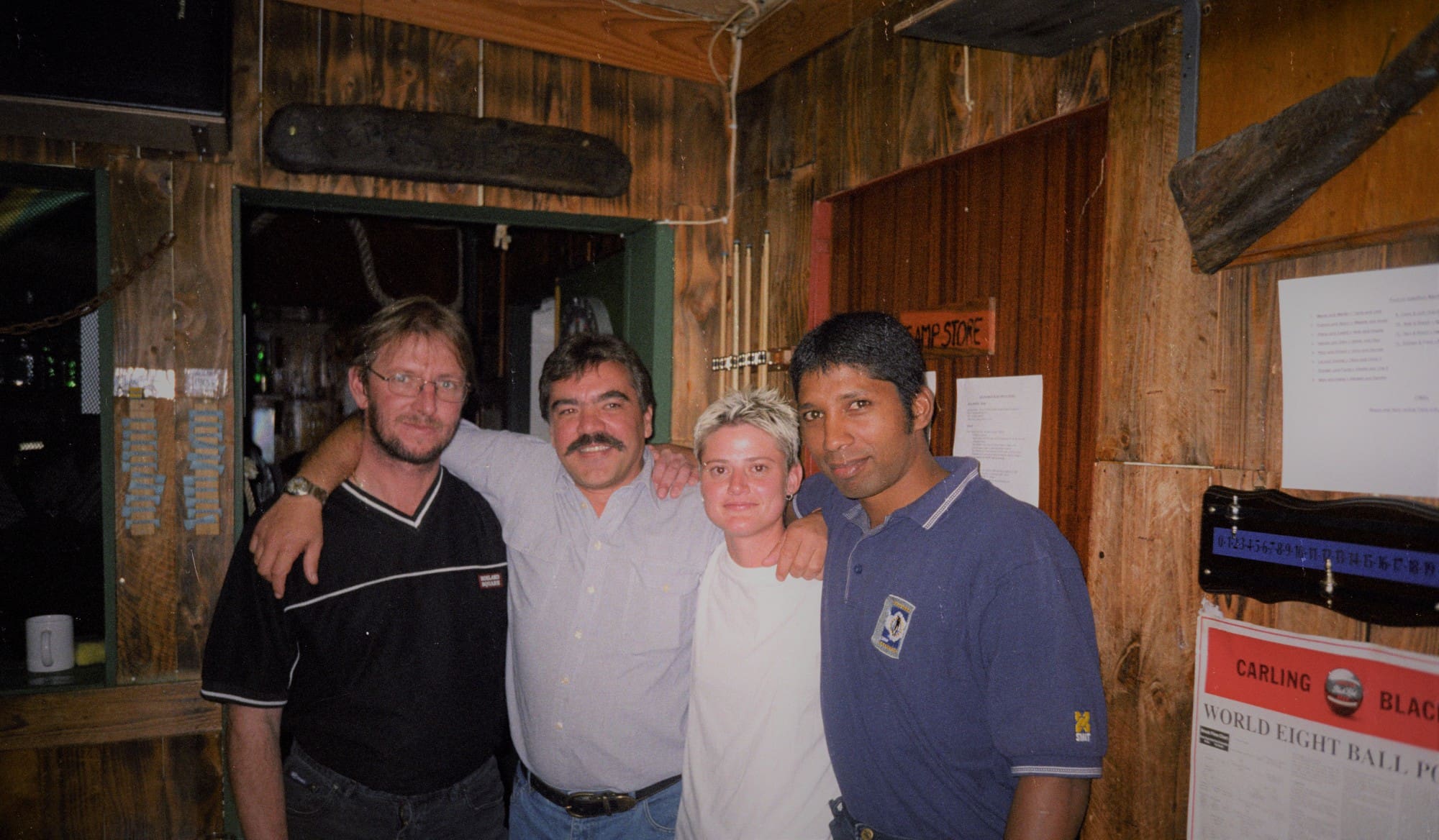
 (Images L-R: Initiation ceremony onboard the
(Images L-R: Initiation ceremony onboard the 
 Turns out SANAP is my “
Turns out SANAP is my “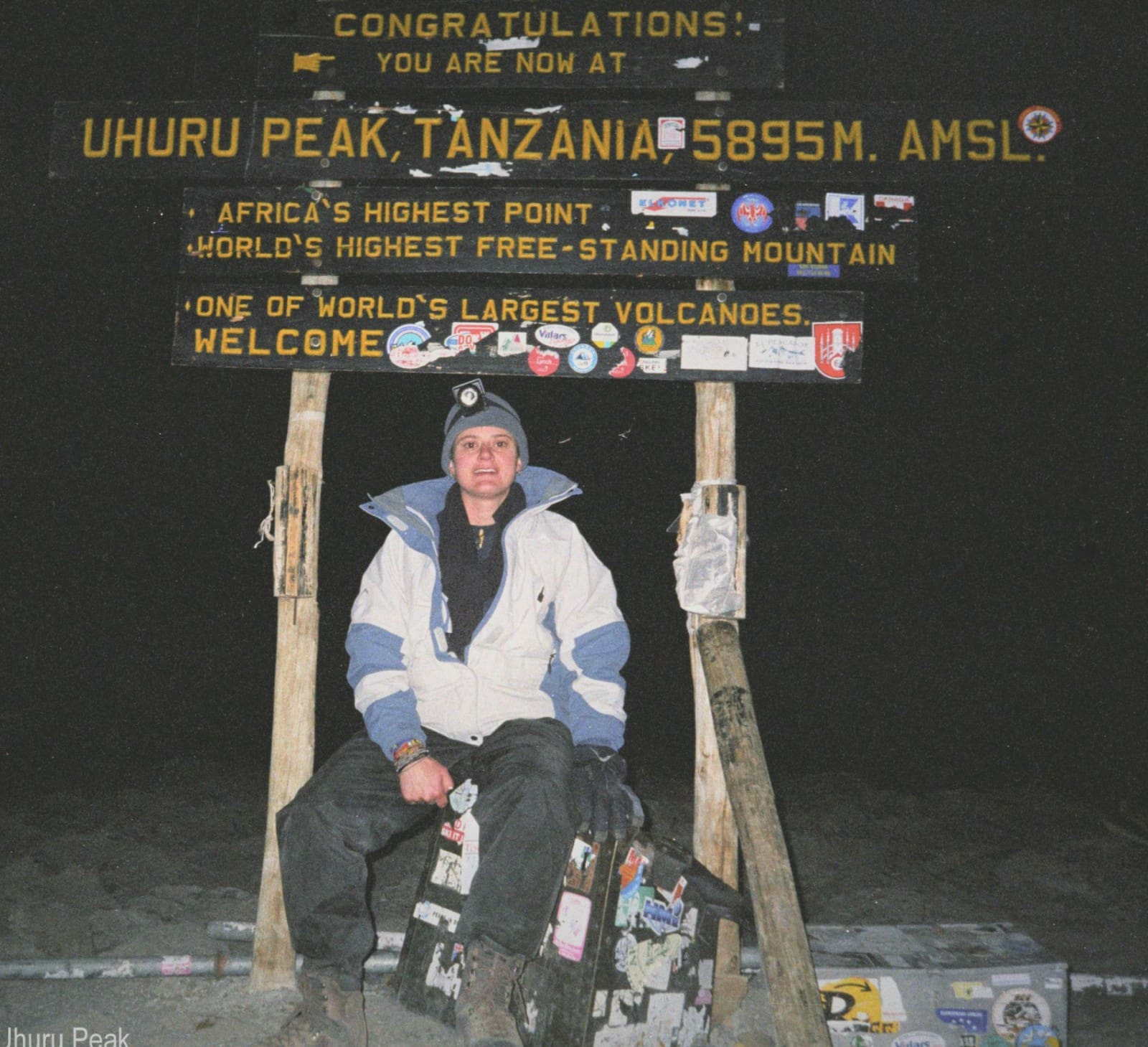 When I look back, I realize how lucky I am to be able to draw on a wide range of expertise accumulated over the years. I honestly believe that you can do anything you put your mind to. Many people will insist that one needs to maintain a narrow focus to be successful, but I don’t agree with this view. Many of us have broad interests (this is certainly true for me), and I have lived most of my passions to the fullest. I am particularly proud of so far conquering two of the seven summits. My advice would be to live and pursue all of your interest to the fullest, and then push the boundaries and do even more. (Image left:
When I look back, I realize how lucky I am to be able to draw on a wide range of expertise accumulated over the years. I honestly believe that you can do anything you put your mind to. Many people will insist that one needs to maintain a narrow focus to be successful, but I don’t agree with this view. Many of us have broad interests (this is certainly true for me), and I have lived most of my passions to the fullest. I am particularly proud of so far conquering two of the seven summits. My advice would be to live and pursue all of your interest to the fullest, and then push the boundaries and do even more. (Image left: 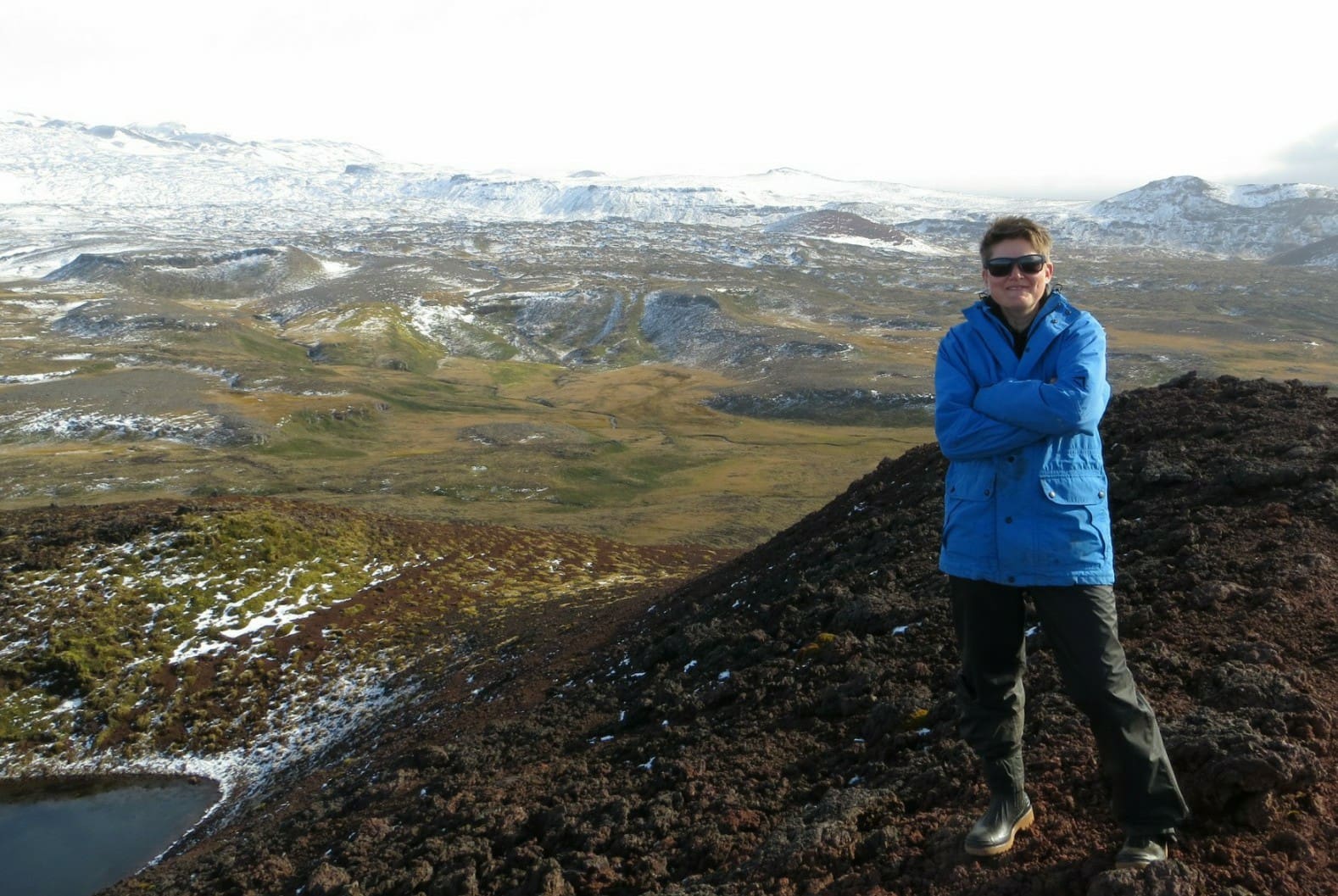 Currently I live and work in Johannesburg, and under the supervision of
Currently I live and work in Johannesburg, and under the supervision of 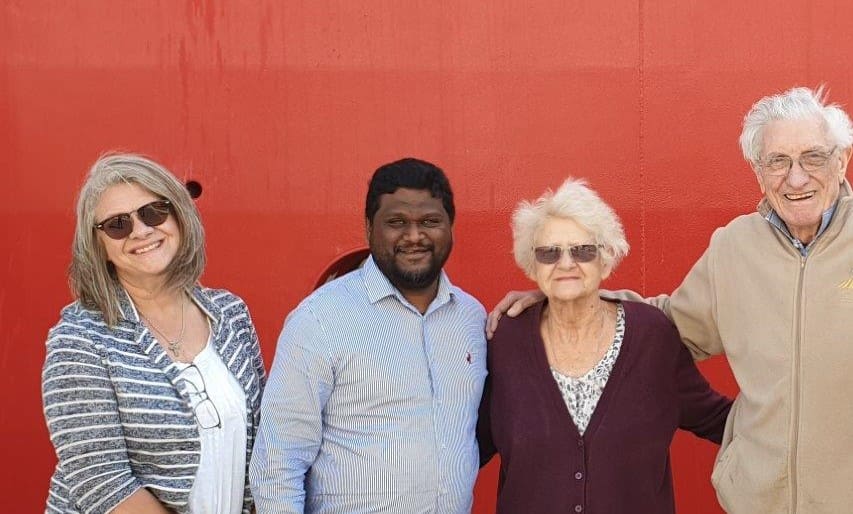

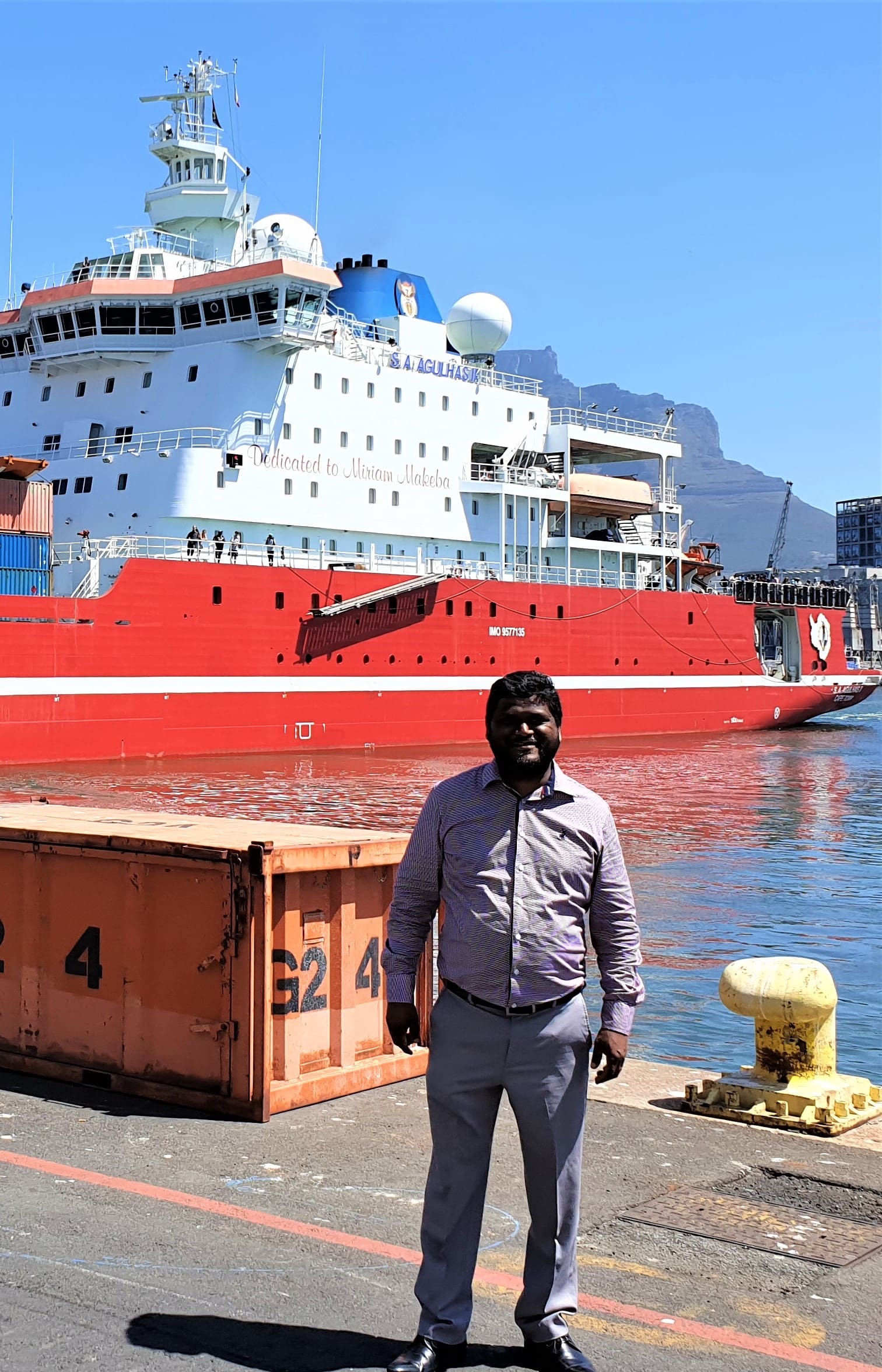 Nish Devanunthan is the Director of
Nish Devanunthan is the Director of 

 Nish has been to SANAE IV and Marion Island and represents South Africa at the Council for Managers of National Antarctic Programs with Lisolomzi Fikizolo. He is the main contract negotiator with international partners and commercial charters for the SA Agulhas II including the Weddell Sea expedition that took place 2018-2019. (Above l-r: Antarctica, Marion Island, COMNAP 2017)
Nish has been to SANAE IV and Marion Island and represents South Africa at the Council for Managers of National Antarctic Programs with Lisolomzi Fikizolo. He is the main contract negotiator with international partners and commercial charters for the SA Agulhas II including the Weddell Sea expedition that took place 2018-2019. (Above l-r: Antarctica, Marion Island, COMNAP 2017)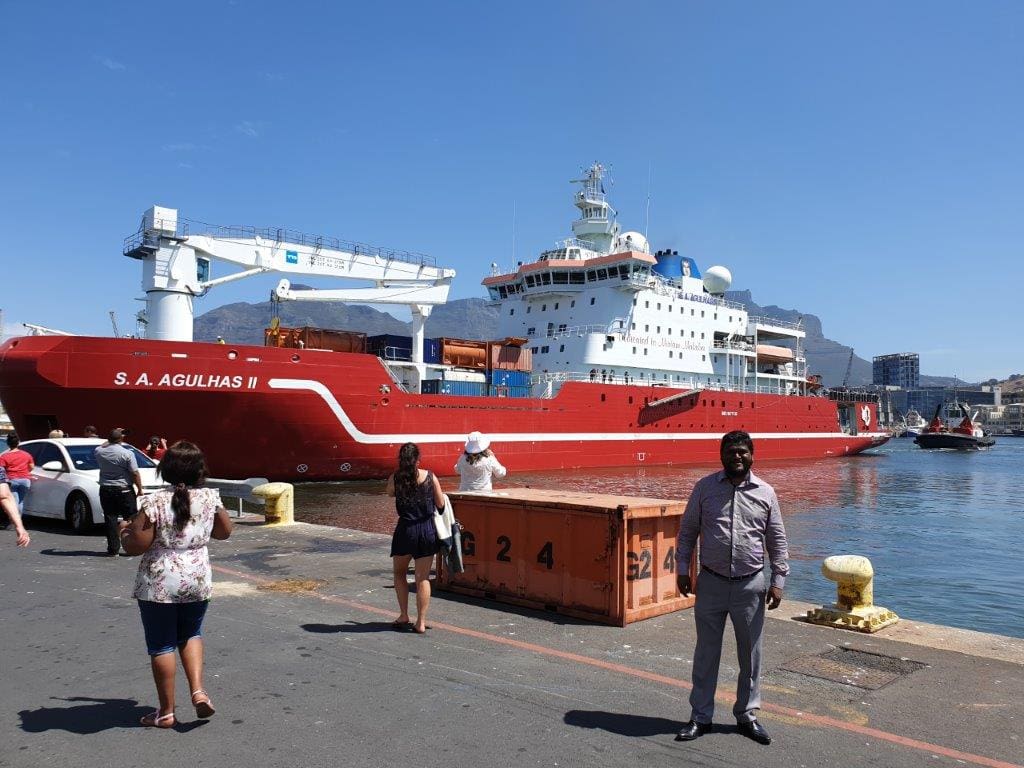

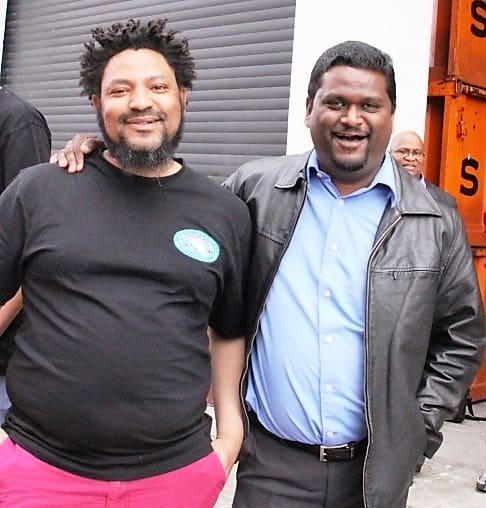 He has seen many teams depart and arrive at East Pier in Cape Town
He has seen many teams depart and arrive at East Pier in Cape Town

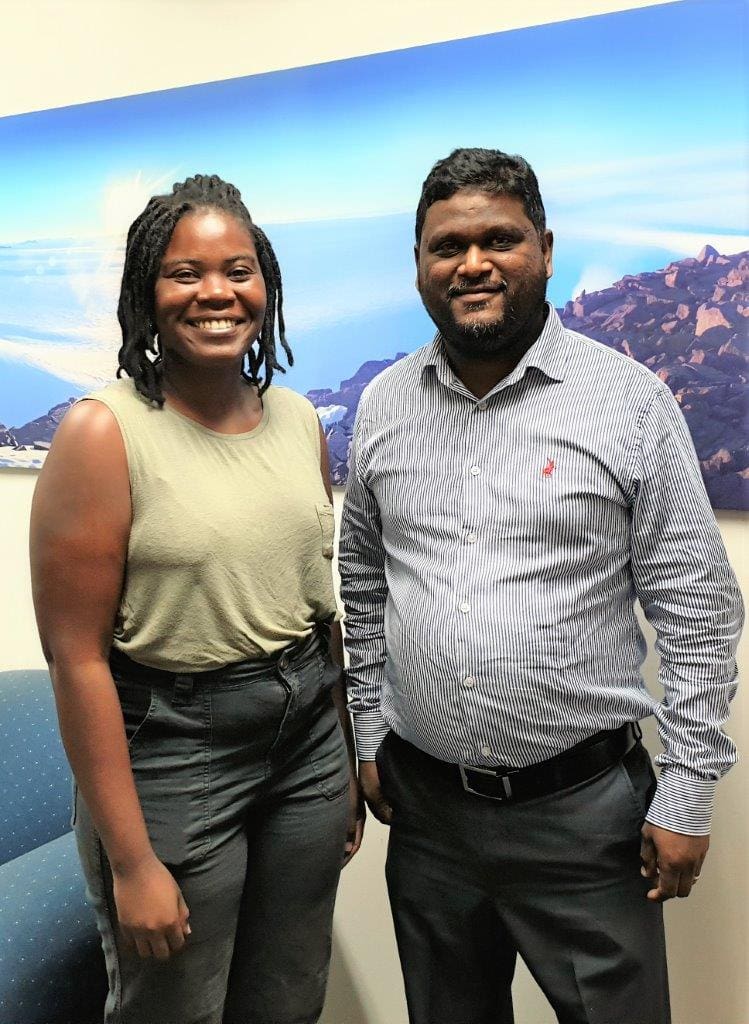 Left: Nish with Gilbert Siko of DSI at the launch of the 360 of SANAE. Middle: Promoting the new SANAP website at East Pier. Right: Rudzani Silima-ACYE champion (at East pier getting her gear for her expedition) with Nish. Nish works closely together with the ALSA team to ensure that the SANAP website is up to date and to adhere to government regulations such as the message during the COVID-19 pandemic(below).
Left: Nish with Gilbert Siko of DSI at the launch of the 360 of SANAE. Middle: Promoting the new SANAP website at East Pier. Right: Rudzani Silima-ACYE champion (at East pier getting her gear for her expedition) with Nish. Nish works closely together with the ALSA team to ensure that the SANAP website is up to date and to adhere to government regulations such as the message during the COVID-19 pandemic(below).




